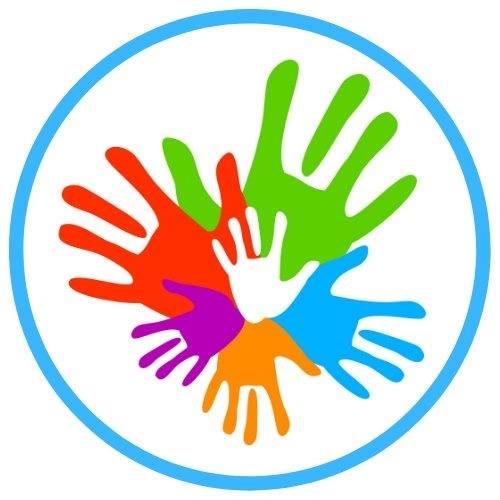Superscript
The Ultimate
STEAM Guide
STEAM Guide
Supply Checklist
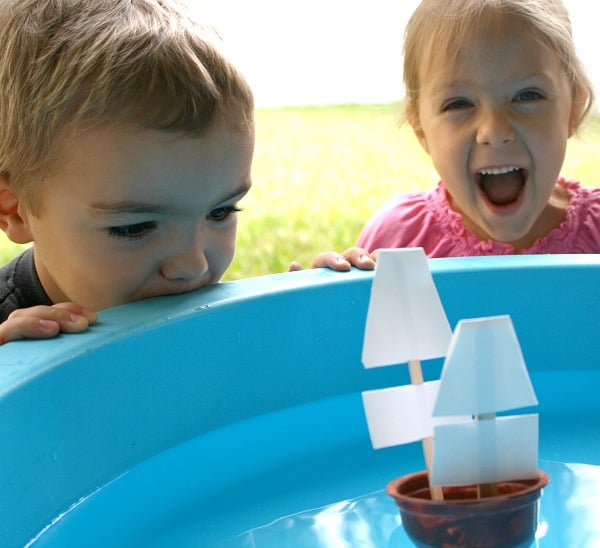
You can find many STEAM supplies at home by using common recyclables like cardboard and plastic bottles, or by gathering items from a craft or kitchen drawer, such as pipe cleaners, tape, glue, rubber bands, and craft sticks. Other useful household items include craft foam, paper, scissors, rulers, and various other materials from around the house and yard.
From your recycling bin and trash
Cardboard tubes and boxes
Plastic bottles and containers
Plastic lids
Aluminum foil
Egg cartons
Old CDs
Plastic packaging inserts
From the craft or office supplies
Pipe cleaners
Masking tape, electrical tape, or other tape
Glue (hot glue, liquid glue, or stick glue)
Paper (construction, computer, or index cards)
Craft sticks
Rubber bands
Binder clips or paper clips
Straws
Push pins
Yarn or string
Markers, colored pencils, and paint
Scissors
From the kitchen or utility closet
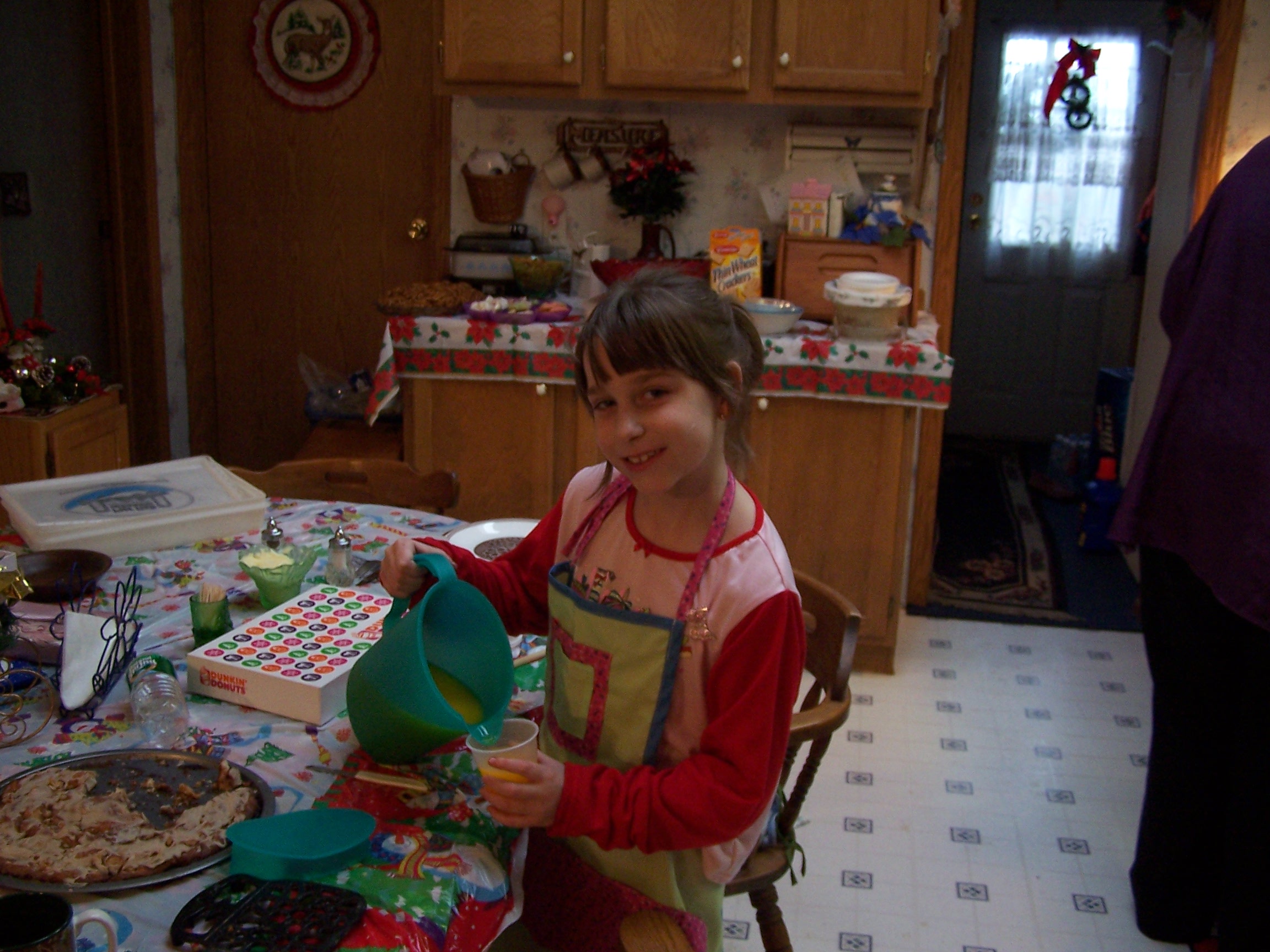
Paper plates and cups
Wooden skewers or toothpicks
Coffee filters
Plastic pipettes or turkey basters
Clothespins
Aluminum cans (no sharp edges)
Sponges
From the playroom or hardware store (if available)
LEGO bricks or other building blocks
Marbles
Magnets or magnetic wands
Pool noodles
Copper wire or tape (from hardware stores for some projects)
PVC pipes and connectors (for larger projects)
Additional Supplies to Gather

Building Materials: Include versatile construction materials like blocks, Legos, magnetic tiles, or cardboard for hands-on exploration and creativity.
Electronics: Add electronic components such as breadboards, resistors, LEDs, and jumper wires to introduce basic circuitry and electronics concepts.
Tools: Provide appropriate tools like scissors, rulers, and markers for younger learners, while older students can benefit from soldering irons, screwdrivers, and pliers for more advanced projects.
Consumables: Include items like batteries, adhesive tapes, craft supplies, and conductive playdough that are used up during experiments and projects.
Robotics and Automation: Consider adding robotics kits, sensors, motors, and programmable boards to foster learning in coding, automation, and robotics engineering.
Measurement and Data: Include measurement tools like rulers, thermometers, and data collection devices such as sensors or data loggers to encourage hands-on data gathering and analysis.
Safety Equipment: Ensure the list includes safety essentials like goggles, gloves, aprons, and fire extinguishers to prioritize safety during STEM activities.
By organizing your STEAM supplies into these categories, you can create a well-rounded collection of resources that cater to different age groups and developmental needs.
Budget-Friendly Tips and Tricks
Acquiring STEM lab supplies on a budget requires resourcefulness and creativity. Here are a few strategies that can help you score good deals.
Explore thrift shops and garage sales
Thrift shops and garage sales can be treasure troves for finding affordable STEM learning materials. Explore these places regularly to discover unique items like craft supplies, recycled electronics, and building blocks.
Save everyday items
Don’t underestimate the power of “low-tech” materials in teaching core STEM concepts. Everyday items like straws, rubber bands, popsicle sticks, and paperclips can serve as versatile tools for engineering challenges and scientific investigations. By leveraging inexpensive materials, you can stretch your budget while still providing enriching STEM experiences for your students.
I don't know why making boats with kids is a favorite project for me. But it is usually my first STEAM lesson with kids to spark an interest in building and experimenting. Boys and girls love it. Young kids, and older kids do too. City kids and country kids both love it as well. So it is a great starting point.
18 Family Boat Activities
for Kids to Make
Row, row, row your boat and see if you can make it float with these awesome boat for kids. This collection of how to make a boat ideas for kids are full of easy boat making crafts that are sea-worthy…or at least bathtub-worthy! Kids of all ages will have fun making homemade boats.
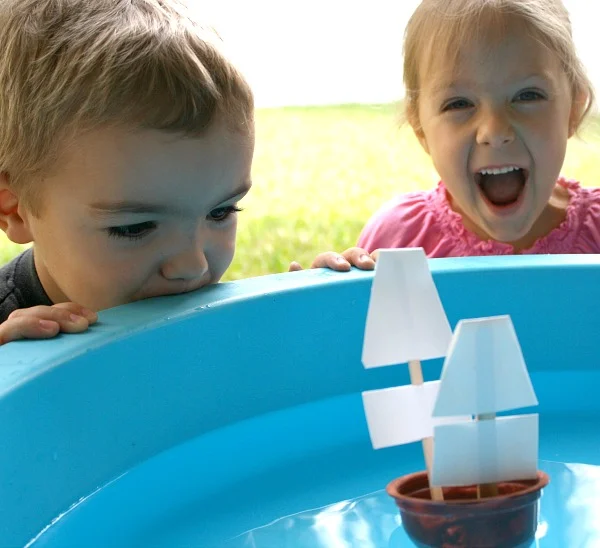
You can build boats with kids using recycled materials like plastic bottles, milk cartons, or egg cartons, or craft supplies like popsicle sticks, foam, or even just paper. Simple projects include folding origami boats, creating floating rafts from popsicle sticks, or making boats from aluminum foil and styrofoam. For a STEM challenge, provide materials and have kids design boats that can hold a certain number of pennies or a toy car before testing them in a tub of water.
Oh so many ways to make a boat…that may or may not float!
BOATS FOR KIDS TO MAKE…I MEAN BUILD!
What child doesn’t love designing a boat craft, decorating and trying to float a boat a that they’ve made from scratch? Building boat crafts are one of those classic summer activities that every kid has to try!
We have found our favorite boat crafts for kids to make this summer! These DIY boat ideas are easy and inexpensive, using materials you have around the home! Your kids will love building these boats, and then the best part – seeing if they can set them afloat in a sink, pool or pond!
DIY BOAT CRAFTS FOR KIDS
Check all these ways how to make a boat with supplies you likely already have for really fun ideas to spend a summer afternoon.
1. How To Make A Boat from Duct Tape & Sponges
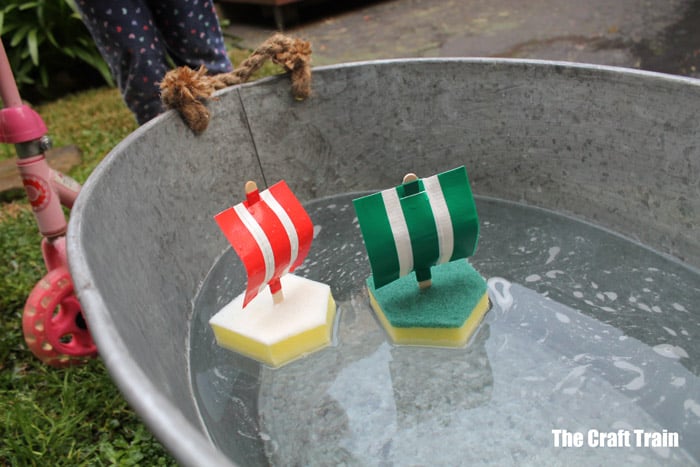
Look at those sponge boats float!
Duct tape and sponge boats – the kids will love floating these around the bathtub!
2. How To Make A Paper Boat That Floats
Make a boat from a juice box!
Float a juice-box boat around the kiddy pool! What a fun, little upcycling project!
3. Craft Boats Made with Wax
This traditional wax boat craft for kids start from a favorite snack!
You won’t believe what these sweet little wax boats are made from!
4. Build a Paper Boat Today
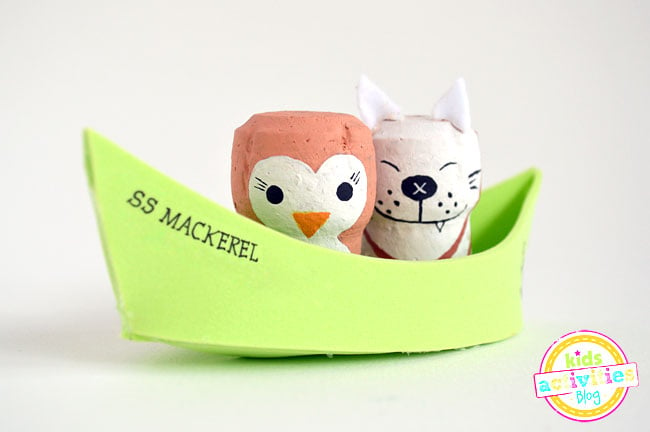
What a cute paper boat craft for kids with nursery rhyme characters made of cork.
Send the owl and the pussy cat off to sea in this cute, little pea green boat.
5. How To Make A Boat Out Of Paper
The traditional paper boat craft we all folded as kids!
A childhood just isn’t complete without making a simple but classic paper boat craft
Related: Make this simple origami boat
6. DIY Cork Boat
Let’s make a sailboat out of cork!
These sparkly cork boats are so easy to make, and they look so pretty!
GREAT BOAT CRAFTS FOR PRESCHOOLERS
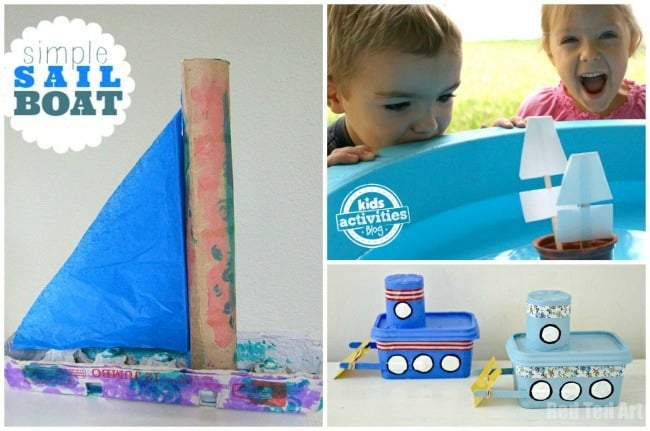
Easy boat crafts even preschoolers can make.
7. Easy Sailboat Crafts For Kids
Let’s make a sailboat like the Mayflower.
A simple sailboat is fun to decorate, and makes good use of your recyclables.
8. Let’s Make a Mayflower Craft
Let’s make a tug boat that works on rubber band power!
These mini-Mayflowers are the perfect for floating around in the water-table.
9. DIY Tug Boat
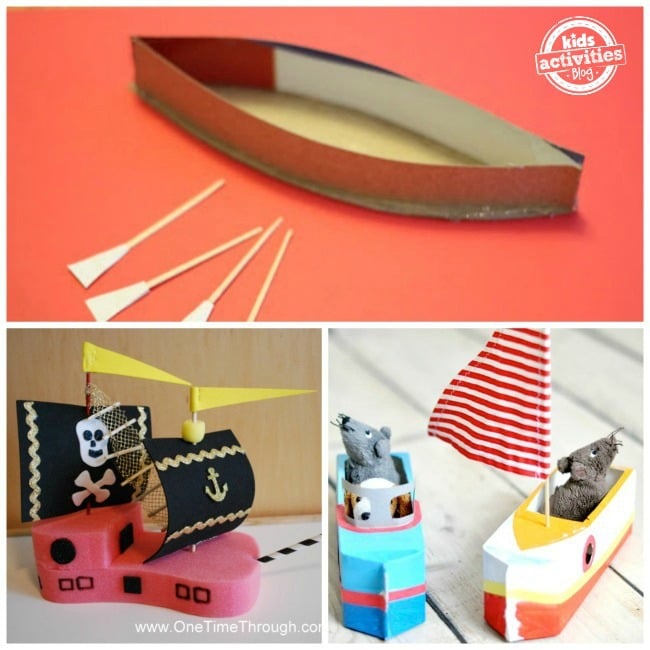
Make a self-propelled tug boat with a plastic container and a few simple supplies.
KIDS BOAT CRAFTS
10. DIY Canoe
Older kids will love making and decorating these tiny
cardboard canoesThese boat project ideas are great for budding ship builders.
11. Let’s Build a Pirate Ship Craft
Arrrr, Matey! Asponge pirate ship makes bath-time fun. Great for kids of all ages to build a boat that floats at bathtime.
12. Traditional Milk Carton Boat Craft
Milk or juice carton boats are perfect for small stuffies to sail away in!
OH THE MANY WAYS TO BUILD A BOAT WITH KIDS

Creative boat builds for kids.
13. Traditional Walnut Boat Craft
These adorable walnut boats would be fun for racing down a stream.
14. How To Make A Boat Out Of Popsicle Sticks
Personalize a simple paper row-boat complete with oars and all.
Related: Add these ideas to your nautical themed party!
15. Homemade Boat Made from a Tin Pan
Make a tin-pan sailboat and watch it float down a tin-foil river!
DIY BOAT TOYS KIDS CAN MAKE
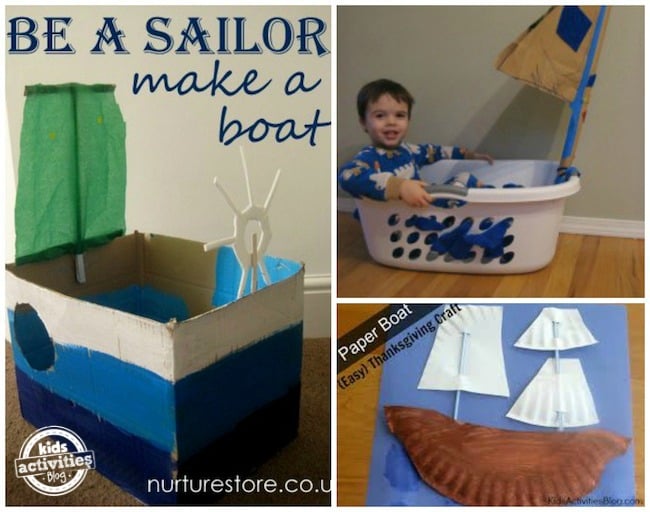
Boats without water ideas.
16. How To Make A Cardboard Boat
This cardboard sailboat
17. DIY Basket Boat
A laundry basket sailboat provides endless pretend-play opportunities.
18. How to Build a Pilgrim Boat
A fun and easy tutorial how to make a paper ship can be easily decorated to suit any nautical theme. OK, we admit that this boat is not going to float, but it is a fun boat art piece!
19. Let’s Build a Viking Longboat
This longboat may not be seaworthy, but follow along how to make a Viking longboat that you can play with on land.
Ship Ahoy!

STEAM Play
You can do a wide variety of STEAM activities at home, including classic experiments like a baking soda and vinegar balloon, sink or float challenges, or building a catapult. Other fun options include making slime or bouncy balls, creating marble runs with cardboard tubes, or exploring art through science with ice cube painting or making a solar oven.
Science and engineering
Baking soda and vinegar balloon: Use a chemical reaction to inflate a balloon without any breath.
Cloud in a jar: Create a mini-cloud to demonstrate atmospheric pressure changes.
DIY catapult: Build a simple catapult to learn about physics and motion.
Sink or float: Predict and test which household objects will sink or float in water to explore buoyancy.
Egg drop project: Engineer a protective container for an egg to prevent it from breaking when dropped.
Slime making: Create different types of slime using polymers to learn about chemical reactions.
Marble run: Use cardboard tubes, tape, and a wall or door to create a track for marbles to travel through, as described by The Butterfly Teacher.
Vortex cannon: Design and build a cannon that shoots a ring of air out of household materials.
Art and creativity
Ice cube painting: Use ice cubes with food coloring to paint as the ice melts.
Salt and watercolor painting: Explore how salt absorbs paint to create unique textures.
Oil and water marbled paper: Create swirling patterns by combining oil and water with paint.
LEGO shadow drawings: Use LEGOs to create shadows and trace them to make art.
Thaumatropes: Make a simple animation toy that demonstrates the persistence of vision.
Math and coding
Binary bracelets: Create bracelets that represent initials using binary code.
Tangram puzzles: Use tangrams to explore geometry and spatial reasoning.
Fibonacci sequence art: Create art inspired by the Fibonacci sequence.
Learn With Your Child
The greatest learning comes from the natural interests and passions of your child. When you see your child’s eyes light up, stop and dig deeper into his or her interests. Learn with your child for a deeper, closer relationship.
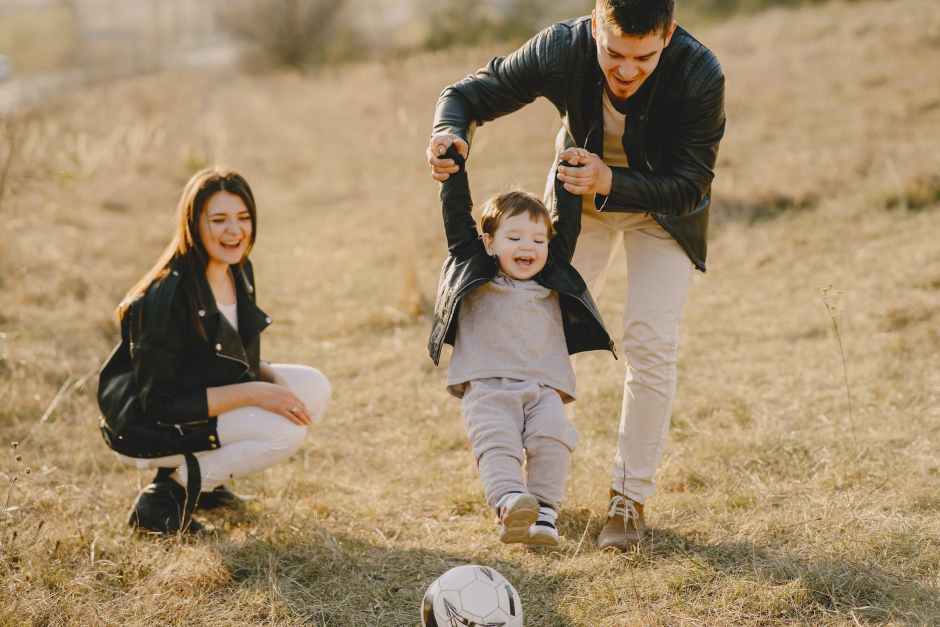
Photo by Gustavo Fring on Pexels.com
Here are some tips to connect with the interests of your child and learn together:
Take time just to watch your child play.
Observe how your child engages physically with play objects. Whether he sits quietly and works on a puzzle or runs around with a scarf making loud noises, match the activity level of your child.
Say what you see. Help build your child’s vocabulary by narrating your observations about what and how your child is playing.
Ask open-ended questions to get more information about what your child likes about what he is currently doing. Begin your questions with words such as “what,” “how,” “why” and “where.”
Sneak in basic concepts, such as counting, letter sounds, sorting and shapes by the way you talk during play: “Wow! You have so many toy cars in a line. How many do you have?”
Encourage your child to use all of his senses to experience and explore new topics and interests.
The more involved you are with your child and his education, the more he will value learning.
Teaching Science When You Don’t Know Diddly-Squat Series

What is the answer? Who cares? It’s all about the questions and the joy of discovery.
Use this series of ready-to-go lesson plans to start teaching inquiry-based science to youth. The purpose is not to teach specific content, but to teach the process of science – asking questions and discovering answers. This activity encourages young people to try to figure things out for themselves; to discover answers, rather than just read an answer on the internet or in a book.
Our goal is to help adults support youth as they explore their world through inquiry-base science. With this goal in mind we ask adults who use this series to take a short survey. We appreciate your time as we strive to improve science in Michigan.
Teaching Science When You Don’t Know Diddly-Squat Introductions:
4-H Cloverbud Science: Exploration and discovery with young children
Teaching Science When You Don't Know Diddly- Squat: Supply List
Teaching Science When You Don’t Know Diddly-Squat Activities:
Does the type of paper make a difference in paper airplanes?
Why do some animals use camouflage?
Why do animal poops look different?
Animal science
Plant science
Environmental science
STEAM in the Kitchen
Getting Started

Experimenting with your child in the kitchen is one of the most effective (and tasty) ways to promote the relevance of science.
STEAM science cooking at home involves using cooking to explore Science, Technology, Engineering, Art, and Math through hands-on projects like making an ice cream in a bag, building a food-based volcano, or experimenting with density jars
.These activities foster curiosity and creativity by using everyday kitchen items to teach principles such as heat transfer, chemical reactions, and the properties of different substances.
Science, Technology, Engineering, Art, and Math in the kitchen
You can watch this video to learn how to use STEAM concepts in the kitchen:
Volcano: Use baking soda and vinegar to create a fizzy eruption in a "volcano" made from a bottle and playdough or foil.
Technology: Learn about the technology used in cooking, such as different methods of heating food.
Steaming Experiment: Compare how different foods cook using steam versus other methods, such as boiling or microwaving. Observe how steam cooking efficiently transfers heat and locks in moisture.
Microwave Science: Investigate how microwaves heat food by studying the process of electromagnetic radiation and how it causes water molecules to vibrate.
Engineering: Apply engineering principles by designing and building food-related projects.
Edible Structures: Use ingredients like gingerbread or pretzels and frosting to build edible structures, exploring concepts like stability and load-bearing.
Kitchen Gadget Design: Design and build your own kitchen tools or gadgets using everyday materials like cardboard, tape, and rubber bands to solve a specific cooking challenge.
Art: Create visually appealing and artistic food projects.
Fruit Rainbow: Wash and cut fruits and vegetables into bite-sized pieces. Arrange them on a plate in the order of the rainbow colors.
Edible Art: Use food coloring, sprinkles, and other edible decorations to create edible art on cookies or cupcakes.
Math: Incorporate math skills into cooking projects.
Recipe Math: Double, triple, or halve a recipe to practice multiplication and division.
Measurement Challenge: Challenge your child to measure out ingredients accurately for a recipe, practicing skills like estimation and measurement with different units.
Kitchen Ratios: Explore the ratio of ingredients in a recipe. For example, in baking, the ratio of flour, sugar, and butter can significantly impact the outcome of the final product.
Tips for success
Always prioritize safety in the kitchen. Supervise children closely, especially when using the stove or sharp objects.
Encourage children to ask questions and explore, even if it means making a mess.
Don't be afraid to get creative! You can adapt these activities or come up with new ones using whatever ingredients and materials you have at home.
Incredible Kids Network-STEAM Activities
Art Skills for Littles or Novice artists
Creating a Love for Painting from the Heart
Hopeful Art Inquires for Babies /Toddlers
Hopeful Art Inquiries
Hopeful Art Inquiries -Collage
100 Open-Ended Anyone Art Projects with Painting
Creative Crafts with Nature's Treasures
Introducing Loose Parts To Construction Play
Building Small Worlds and Sensory Bins- Pretend Play
Loose Parts-Cheap Everyday Play
Backyard-Seasonal STEAM Activities
STEAM Activities and Storybooks- Age 1-3
INFANT- TODDLER STEAM & SCIENCE
Fabulous Physics for Babies and More
STEAM Activities and Storybooks- Age 1-3
STEAM -Positive Technology Usage
Building Small Worlds and Sensory Bins- Pretend Play
STEAM Activities For Small World Play
Mixtures and Solutions
Explore the difference between chemical mixtures and solutions by creating the ultimate sandwich and making homemade pickles.
Fall in Love With STEM Through Cooking
Try different cookie modifications as a delicious way to practice with fractions, witness chemical reactions and mix solutions.
Kid-Friendly Kitchen Science
Uncover the science behind breads and cakes with these two kid-friendly baking recipes.
Celebrate Spooky Season With 3 Not-So-Scary STEAM Sweets
Craft delicious, sweet treats with Jell-O®, popcorn and bananas while discovering interesting science facts.Baking With STEAM
Create edible designs with this fun cookie decorating activity and explore fractions, chemical reactions and artistic expression along the way.
Magic Milk-y Way
Demonstrate chemistry and reactions using just milk, food coloring and dish soap in this fun variation on the classic Magic Milk experiment
.DIY Pet Treats
Make homemade treats for your furry friends and discover the importance of nutritional science.
Why Kids Need STEAM
STEAM Activities are integrated learning activities that encourage kids to think outside the box. These projects help kids begin to consider solving real-world problems, creating new tools with creative thinking. Combining disciplines in this way has led to many amazing discoveries!
Are your kids asking “why do we need to learn this?” or “when will we ever use this?” Then you need a STEAM project!
These projects and activities are the perfect way to get kids engaged and help them understand how what they’re learning can come together to help create real-world solutions.
STEAM Activities
for Kids
Ready to explore STEAM activities and STEAM projects with your kids? Check out these cool project ideas for more STEAM learning fun at home and in the classroom:
Tie-Dye Investigation Station – Experience art and science as you create a fun tie-dye project with your little learners in this investigation station activity.
Sink or Float STEAM Investigation – Learn why some objects sink and others float with a STEAM investigation that will get your kids talking and thinking outside the box.
Pond Life STEAM for Preschoolers – Explore pond habitats with a STEAM activity that’s perfect for preschool learners.
Nursery Rhyme STEAM Activity – Build fences for sheep in this nursery rhyme STEAM project your little learners will love!
Cupcake Dough Preschool STEAM – Want a cupcake? Have some sensory fun with a preschool STEAM activity all about cupcakes.
Treasure Hunt Preschool STEAM – Go on a treasure hunt with your little learners in this STEAM project they won’t soon forget.
Preschool Bird Theme STEAM Activity – Learn about birds and how they use their beaks with this STEAM activity for preschoolers.
Chalk and Water STEAM Investigation – Create art with wet and dry mediums with this STEAM investigation project using chalk.
Baby Animals STEAM Investigation – Ever wondered how otters carry their babies around? Learn how otters balance their babies in the water with this cool STEAM activity.
Color Mixing STEAM Activity – Discover what happens when you mix colors with an exciting STEAM activity for preschoolers.
Dinosaur STEAM Ideas – Check out 5 different STEAM activities with your little learners this year!
Quick and Easy Cooking-Themed STEAM Activities – Get the kids interested in kitchen science with some real-world STEAM activities all about cooking.
Bubble Play STEAM Activity – Have fun exploring and learning all about bubbles in this fun STEAM activity for little kids.
STEAM Rock Structures for Preschool – Use rocks to build in this engineering STEAM project for preschool learners.
Pyramid STEAM Station – Explore the desert and build pyramids with a STEAM investigation station your kids will love.
Preschool Fire STEAM Investigation – Learn about fires and fire safety with this STEAM activity for preschoolers.
Submarine Activity STEAM for Kids – Explore how submarines work with this quick and easy STEAM station.
Octopus Activity Suction Cup STEAM – Experiment with suction cups to learn about octopus tentacles with this STEAM investigation station.
Color Mixing Easter STEAM – Teach color mixing with this engaging and hands-on Easter STEAM!
Wheel STEAM for Kids – Make your own wheels with this exciting engineering STEAM activity.
Dinosaur Habitat STEAM for Kids – Explore prehistoric times and design your own dinosaur habitat with this unique STEAM investigation.
Floating Icebergs STEAM for Kids – The perfect way to learn about polar bears! Your little learners will have a blast with this iceberg sensory STEAM investigation.
Weather Science for Kids – Make it rain with this classic raincloud STEAM science experiment that includes a colorful twist!
Sand STEAM – Explore physical science, logic & reasoning, and technology with your preschoolers this summer.
Ocean Measurement STEAM – This Ocean Measurement STEAM is perfect for exploring liquid measurement as well as practicing fine motor skills with your preschoolers.
Ice STEAM – Learn about physical science and logic & reasoning with your preschoolers this summer using this fun and engaging STEAM activity.
Nature STEAM – Explore logic and reasoning, engineering, and fine motor skills with your preschoolers and kindergartners using this quick and easy Nature STEAM activity.
Ice Experiment – Practice fine motor skills while exploring states of matter with your preschoolers and kindergartners using this Squirt the Ice Experiment for Kids.
Strengthen fine motor skills while practicing pincer grasp with your preschoolers and kindergartners using this adorable Halloween STEAM activity.
All of these STEAM projects are perfect for exploring science, technology, engineering, art, and math with preschoolers and other little kids.
These fascinating yet simple STEAM activities will get your little learners excited about exploring the world around them and thinking critically this year.
25 Sensory Science Activities
Creating Fun for
Exploring the Five Senses
Check out the collection of activities that include making observations with sight, smell, hearing, touch, and taste. Each of the sensory science activities was inspired by a book. Reading the books will help reinforce learning about the five senses.
Sensory Science Activities Exploring the Five Senses
When we do science, we make observations using one or more of our five senses. Even the youngest scientists can use their senses to learn about the world around them.
Activities that Explore the Sense of Touch
These sense of touch activities focus on the sense of sight. This is a great example of how our senses work together. Often what we see helps us form opinions about what our other senses should experience.
Rainbow Texture Explorations for Toddlers inspired by a Rainbow of My Own from Inspiration Laboratories – Explore colors and textures with this activity perfect for toddlers and preschoolers.
Rainbow Sensory Ice Excavation Activity inspired by What Makes a Rainbow? from To Be A Kid Again – How can you get the ribbons out of the ice? This activity pairs wonderfully with the book recommendation as both have colorful ribbons.
Rainbow Sensory Bag for Toddlers inspired by A Rainbow of My Own from Rainy Day Mum – Explore color mixing in this mess free painting activity for toddlers.
The Lorax Sensory Tray from Science Sparks – Recreate the story of The Lorax in a sensory rice tray. The change in colors matches the changes in the story.
Cat in the Hat Sensory Tray from Science Sparks – Explore magnets and numbers with this sensory rice tray colored to mimic the Cat’s hat.
Activities that Explore
the Sense of Hearing
Backyard Sound Observations inspired by Mr. Brown Can Moo! Can You? from Read Science – What sounds can you hear in your backyard?
What Makes a Musical Note Higher or Lower? inspired by The Way Things Work Now from Mama Smiles – Learn about the physics of sound with these video demos you can try at home.
Listening Games with Elephant and Piggie inspired by Should I Share My Ice Cream? – Work on listening skills with these fun games.
Activities that Explore
Taste and Smell
Cooking and baking with kids is an excellent way to explore the senses of taste and smell. Cooking and baking are also perfect for working on science and math skills like measuring and following directions.
Chocolate Covered Peanut Butter Swirl Brownies inspired Piggy Let’s Be Friends – Brownies are a super easy way to get kids baking in the kitchen. Having a tea party to extend the sensory experience.
Visual Recipe for Chocolate Chip Cookies inspired by If You Give a Mouse a Cookie – This recipe uses pictures instead of words for the ingredient list and directions.
Food Science Experiment inspired by Zoey and Sassafras: Dragons and Marshmallows – Let your children design a food science experiment to find out what foods they like to eat. It’s a fun way to try new foods and learn about conducting a science experiment.
Kitchen Chemistry Experiment: Make a Cup Cake in the Microwave inspired by Whopper Cake – Experiment with ingredients to make a cake in the microwave. This posts has sample recipes and suggestions for experimenting.
Activities that Explore the
Sense of Sight
Sensory Bottles Used to Explore Shapes inspired by Mouse Shapes from JDaniel4’s Mom – Graph the different shapes you find in the sensory bottle.
Solar System Sensory Bottle inspired by How to Catch a Star – Learn about the planets in our solar system with this simple sensory bottle.
Fizzing Pinkalicious Cupcake Experiment inspired by Pinkalicious – Try this sensory science investigation to discover which combination of ingredients will make the best fizz.
Explore Shiny and Dull with Painted Foil Hearts inspired by Ollie’s Valentine from Read Science
Activities that Explore all Five Senses
Nature Scavenger Hunt inspired by The Adventures of Little Nutbrown Hare from Nature with Kids – Head out into the forest and see what you can find. Use all five senses to explore the outdoors. (Can you smell and taste the air?)
Exploring the Five Senses with Books inspired by What a Wonderful World from Great Family Reads – Go for a walk and see what observations you can make with your senses. Grab the free printable and record what you find.
Exploring the Five Senses: A Science Experiment for Kids inspired by from Edventures with Kids – get kids into the kitchen and use your senses to explore different ingredients
Roasting Pumpkin Seeds with Kids: A Five Senses Experience inspired by Pete the Cat: Five Little Pumpkins from To Be A Kid Again
Fizzy Coconut Lime Play Dough inspired by My Five Senses – This super soft cornstarch play dough is a wonderful tactile experience. For extra sensory fun it has the smell of limes and coconut plus it fizzes! This activities doesn’t explore the sense of taste. (The play dough is not edible.)
FamilySTEAM Activities
Invitations to Explore
I’m always on the lookout for items to keep them happy and engaged without spending a fortune. New toys are, of course, exciting and fun, but we all know how quickly they become old toys. Fortunately, there are lots of things right in our homes with endless entertaining and educational potential.
In fact, when I recently sat down and decided to make a list to share with you, it added up to 100 common household items that can be used for fun kid activities!
One hundred is a pretty large number and it can be overwhelming to figure out where and how to start. I placed the items in rooms where you are most likely to find them and have provided some links for activities you could try with these items.
Here is an idea: challenge yourself to use one item every day until you get through the whole list. It’s a great way to bond, learn, and grow together.
I hope this list will inspire you to try new activities with your children.
100 Household Items
Kitchen
Dishwashing liquid (How to Make Giant Bubbles)
Drinking straws (Homemade Barometer)
Birthday Candles (Birthday Candles See-Saw Experiment)
Baking Soda (7 Baking Soda Activities for Kids)
Paper Cups (DIY Cup Amplifier)
Vinegar ((Dragon Spells)
Paper Plates (Paper Plate Maracas)
Spoons (Catapult)
Food coloring (Color Changing Milk Experiment)
Colander (Pasta Play Activity)
Empty containers (Russian Roulette with an oatmeal container)
Salad Tongs (50 Fun Ways to Play With Tongues)
Water bottles (Sensory Bottles)
Mixing Bowls (Fire and Ice Experiment)
Lids (Lid Banjos)
Whisk (Play with Water and a Whisk)
Potato masher (Potato Masher Print)
Aluminum foil (Foil River)
Toothpicks (Glow-in-the-dark Stars)
Chopsticks (Paper beads)
Cupcake liners (BathTub Science Fun)
Plastic bags (Surprising Science of Polymers)
Kitchen staples (Sensory Painting)
Molds (Kids’ Soap Lab)
Mason jars (Fairy jars)
Empty glass jars (T-rex Experiment)
Cookie cutters (3-D Heart)
Cookie tray (Scroll down to Hands-on Learning in this Math Activities post)
Muffin tin (Scroll down to Sorting and Pouring in the Flat Marbles post)
Wax paper (Origami Halloween Light)
Office Supplies
Markers (Chromatography experiments)
Highlighter (Glow-in-the-dark bubbles)
Newspaper (Snowman Family)
Paperclips (Defying gravity with LEGO science)
Rubber bands (Pennies and Apple Experiment)
Paper (DIY Rockets)
Index cards (STEM towers)
Duck tape (Notebook covers)
Gift wrapping paper (craft ideas)
School pencils (Balancing Magic)
Ruler (3-D Math Valentines)
Tape measure (How tall are you and other tape measure activities)
Stapler (DIY Book for Kids)
Binder clips (Decorate Binder Clips)
Post-It notes (“I love you for…” game)
Push pins (Push Pin Maze)
Clear glue (Halloween slime)
Ink pads (Family Tree Craft)
Food Items
Flour (Bread in a Bag)
Mashed potato powder (Winter Sensory Play)
Eggs (DIY Faberge Eggs)
Rice (10 Rice Sensory Bins)
Beans (8 Activities with Beans)
Salt (Natural Playdough Recipe – coming up)
Peanut Butter (Non-Newtonian Fluid)
Sugar (Rock candy – coming up)
Pasta (Pasta Art Activities)
Marshmallows (Building Challenge for Kids)
Cocoa Powder (Harry Potter Chocolate Frogs)
Whipping Cream (Homemade Butter)
Milk (Invisible Ink Using Milk, How to Make “Plastic” out of Milk)
Cornstarch (Silky-Smooth Playdough)
Candy (STEM Structures)
Soda (Erupting Soda Bottle)
Pumpkin (40 Fun and Easy Pumpkin Activities)
Spinach (Green Pancakes)
Bathroom Staples
Contact Lens Solution (Basic Slime)
Q-tips (Process Art with Q-tips)
Shaving cream (10 Shaving Cream Art Ideas)
Shampoo (Rainbow Shampoo)
Baby lotion (Baby Lotion Playdough)
Cotton balls (25 Cotton Balls Hands-On Ideas)
Laundry basket (25 Boredom Busting Laundry Basket Games)
Mirror (Pupil Dilation Experiment)
Toilet paper rolls (Membranophone)
Dental floss (Peanut Butter – Rubber Gloves Game)
Comb (Comb Paintings)
Bath scale (Bathroom Scale Lessons)
Iodine (Incredible Iodine Science)
Alka-seltzer (Alka-Seltzer Rockets)
Dixie cups (Dixie Cups Garland)
Tealight candles (Candle Science)
Craft cabinet
Beads or Flat Marbles (Toilet Roll Challenge)
Popsicle sticks (DIY Newton Cradle)
Balloons (Homemade Barometer)
Ribbons (15 Ribbon Flowers)
Dice (12 Dice Games)
Paper bag (35 Cool Paper Bag Crafts)
String (Sticky Ice Science)
Glitter (Glittery Painting)
Tissue paper (20 Tissue Paper Crafts for Kids)
Pliers (Homemade Compass)
Googly eyes (Monster Eyes Activity)
Pom-poms (Simple Pom-pom Drop)
Pipe cleaners (Magic Pipe Cleaners)
Watercolors (Watercolors & Oils Science Activity)
Tempera paints (String Art)
Paintbrushes (31 Kids Painting ideas)
Shoebox (Shoebox Treasure Chest)
STEAM Activities by Age
Searching for fun and age appropriate science ideas for your kids? We have loads of science activities that are sorted by age group. Here’s a snapshot of a few of the various science projects we recommend for each age group, or you can click through to the various age ranges to see more.
Fun Science for 1-2 Year Olds
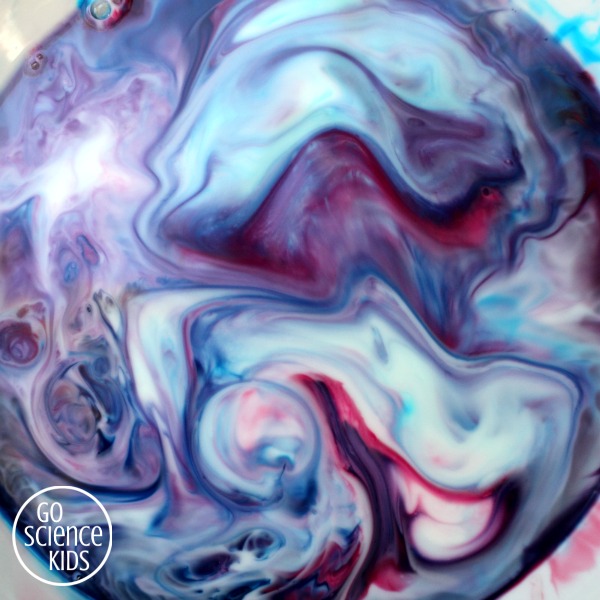

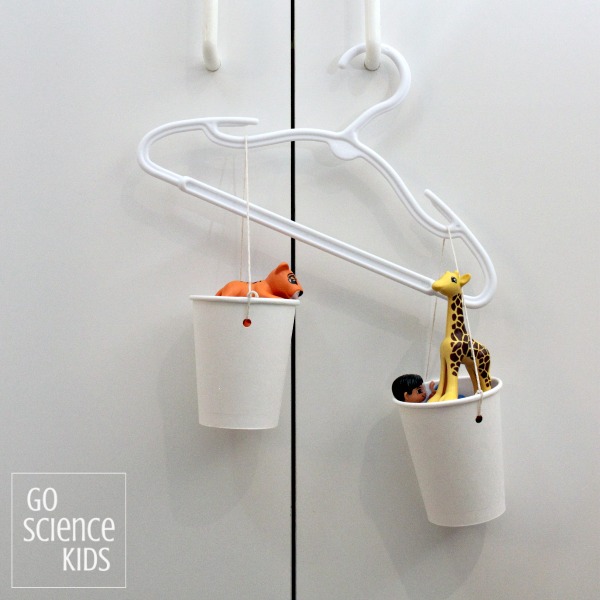
Fun Science for 3-4 Year Olds

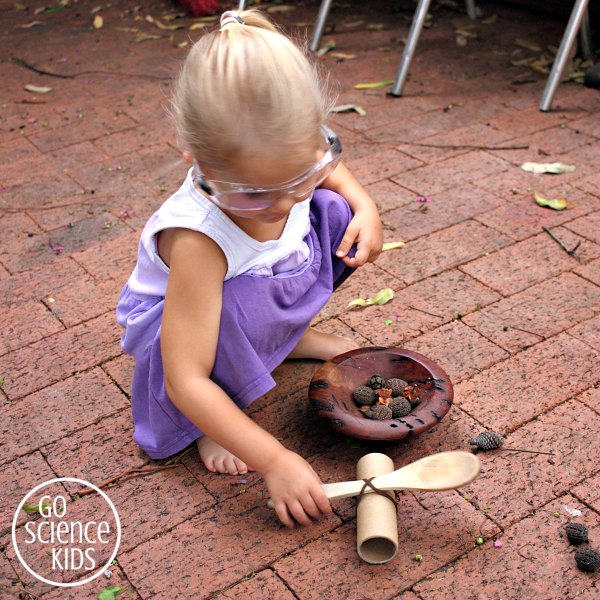
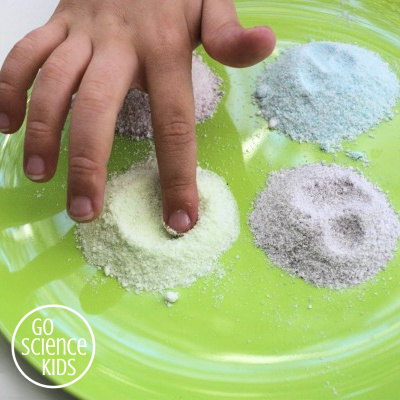
Fun Science for 5-6 Year Olds
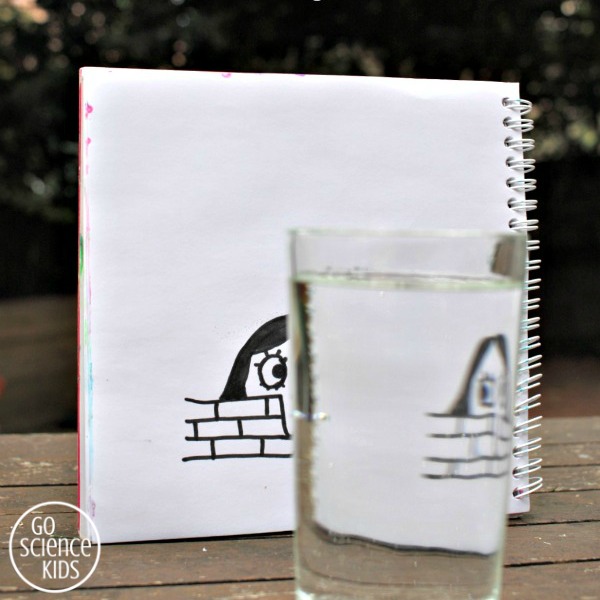


Fun Science for 7-9 Year Olds


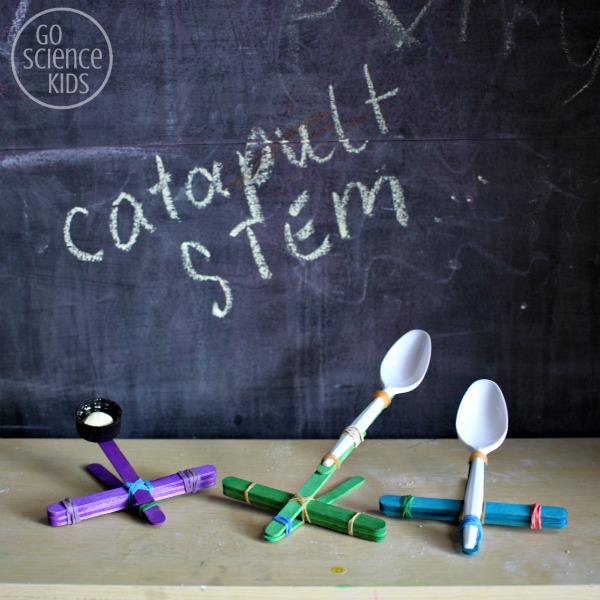
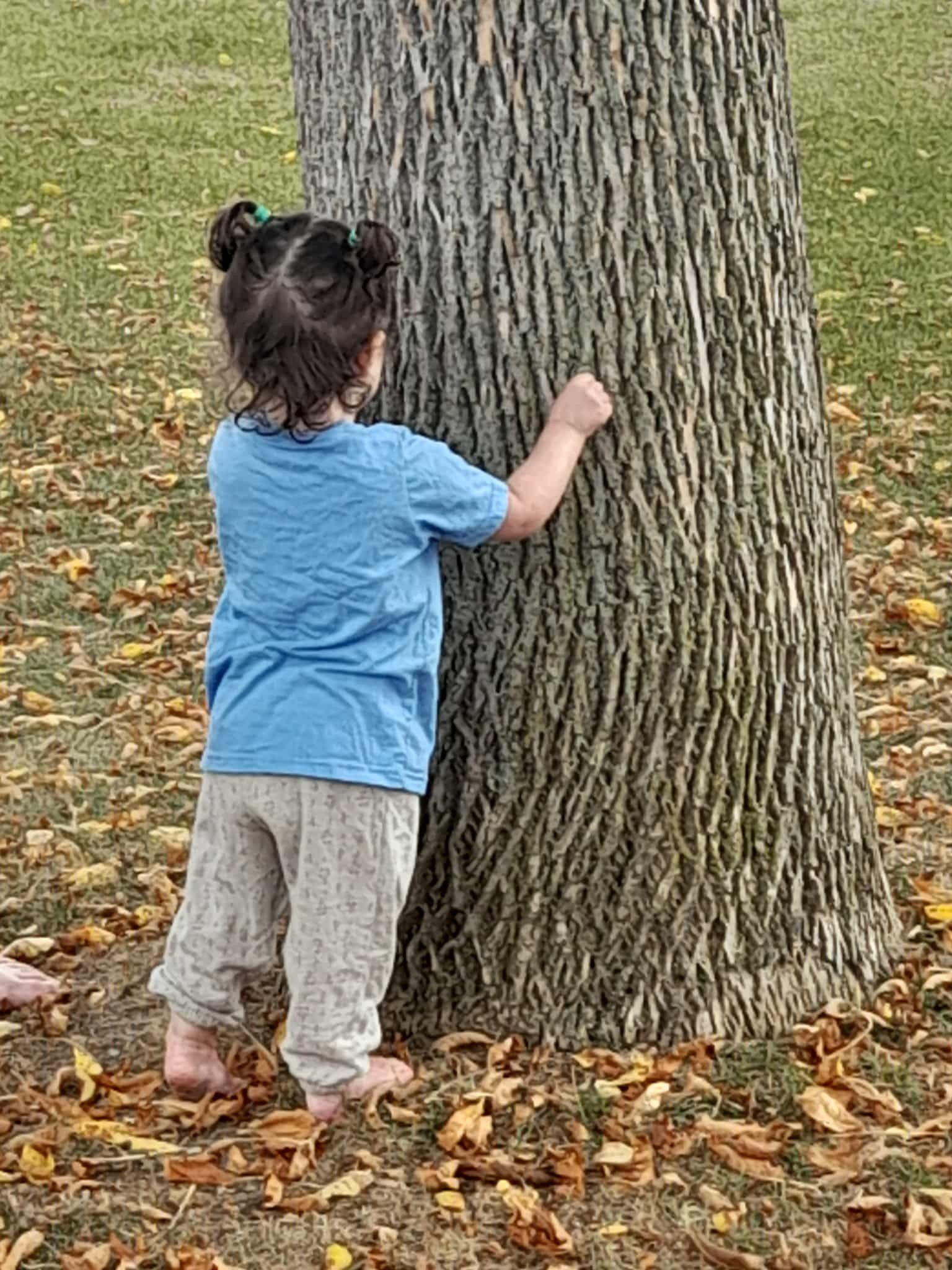
Wild STEAM
STEAM PLAY WITH NATURE
How to look like an expert outside
Sometimes it just takes a little bit of reading…
Start Small. Never Stop.
STEAM activities with nature include building a solar oven, making a rain gauge, or creating a pulley system from sticks to learn about science, technology, engineering, and math. Other options involve designing bug catchers or bird feeders, conducting a sink or float experiment, or exploring forces by building kites or catapults. Nature-based art projects like making nature stamps, painting with natural materials, or building mobiles also combine science with artistic expression. Science and Engineering
Solar Oven: Build a solar oven from a cardboard box, aluminum foil, and plastic wrap to demonstrate the power of the sun.
Pulley System: Create a simple pulley system using sticks and other natural materials to learn about simple machines and forces.
Rain Gauge: Construct a DIY rain gauge to measure rainfall and collect data on weather patterns.
Catapult: Build a simple catapult from sticks and other found items to explore physics and forces.
Bug Catcher: Design and build a bug catcher to safely observe insects and learn about their habitats.
Egg Drop: Engineer a container using natural materials that can protect an egg when dropped from a height.
Technology and Art
Nature Stamps: Use natural objects like leaves and sticks to press prints into clay to create unique stamps.
Nature Paint: Mix natural materials with different colors and textures to create homemade paints.
Fall Mobile: Construct a mobile using natural items like leaves, sticks, and seeds to explore balance and symmetry.
Photography or Sketching: Take a walk and use a camera or sketchbook to document the natural world, focusing on specific subjects like leaves or insects.
Math and Literacy
Nature Color Wheel: Collect natural items of different colors and sort them to create a nature-based color wheel.
Nature Scavenger Hunt: Create a list of items for a scavenger hunt to practice observation and counting skills.
Storytelling: Use found natural objects as inspiration to create stories, encouraging both imagination and literacy skills.
Data Collection: Track data like shadow movement over a day, weather patterns, or the growth of a plant in a jar.
I have spent my entire life trying to get rid of the universal notion that any type of family walks, climbs and hikes are about getting to a certain destination.
When in reality those activities are really all about the adventure and the the things that fascinate us along the way. Just ask any of your children. You can count on them to find the fun stuff along the way. They are outside to discover new places and find joy in the process of exploring the plants and animals that are right in front of them. So add in some spontaneous "Natural STEAM" activities and enrichment that are featured below.
By letting your child's interest levels set the pace for a walk, climb or hike, and by us being open to their natural curiosity, we can definitely help any child to develop a healthy love of not just the beach but of the great outdoors.
Pause when they pause because those are the moments they remember and learn from. It's all about the sensory exploration of any environment or activity. So let them see up close, touch or rub, listen, explore and smell their way to a fascination vibe for the activity... and always strive to give them a "story to tell" moment with every natural experience.
1oo+ Creative Ways to Explore Nature with Children
Nature offers endless opportunities for exploration and learning, for young children. Explore 50 creative ways to explore nature with children of all ages.
Creative Ways to Explore Nature with Children
Engaging with the natural world sparks curiosity and creativity and prompts a deep appreciation for the environment. Whether it’s planting a garden, creating art with natural materials, or discovering the the world of insects, there are countless ways to connect children with nature.

Explore Scents and Textures With Herbs
Herbs are excellent for teaching children about healthy eating and adding flavor to foods and waters. Try an infused water bar this summer.
Plant herbs like mint, thyme and lavendar provide a sensory element for children to pick and play with in a sand or mud kitchen.
Provide scissors, pots, spoons and water to make sensory soup.
Make fresh herb play dough.
Cultivate Growth With a Garden
Make a play garden for children to dig in.
Fairy gardens with figurines amongst succulents, herbs or sedum make creative play spaces to grow their imaginations.
Grow tomatoes, cucumbers, zucchini and herbs in a school garden. Share the foods with families at harvest time.
Plan a pizza garden in a container or taco garden.
Make seed bombs for children to plant.
Plant table top gardens in soda bottles.

Take Playdough Fun Outdoors
Explore textures by pressing leaves, bark and flowers into playdough.
Make nature faces with playdough, rocks, sticks and leaves.
Collect dandelions and make yellow dandelion playdough.
Build with sticks and playdough.
Make nature playdough bugs.
Bake up some playdough pies.

Investigate and Care for Bugs
Make a bee watering station and place it in the garden.
Go on a bug scavenger hunt.
Make a DIY bug hotel.
Fill jars with dirt and sand to make ant farms.
Painting with Nature
Paint a mural with sponges.
Grab some brushes, rollers and spray bottles to paint with water.
Make nature paintbrushes.
Add tempera paint and water to mud to create colorful textured paint.
Make nature prints with leaves and flowers.
Natural Letter Learning
Collect nature items and make nature letters.
Make Nature Names with leaves, sticks and flowers.
Create a stick alphabet.
Write large letters with chalk and line them with rocks.

Beyond the Paper with Nature Art
Make an outdoor sticky wall and add nature items.
Go on a nature hunt and create a nature collage.
Collect seeds and make Seed Mosaics.
Exciting Bubble Play Ideas
Try making hundreds of bubbles with flyswatters.
Make some rainbow soap foam bubbles.
Set up a Bubble Wand Making Station.
Combine bubbles and art to make bubble prints.
Natural Water Play
Explore sink or float with nature items.
Make an aluminum foil river and float leaves down the river.
Freeze flowers in water to make frozen flowers for sensory play.
Make flower soup with flowers, cornstarch water and spoons to scoop.
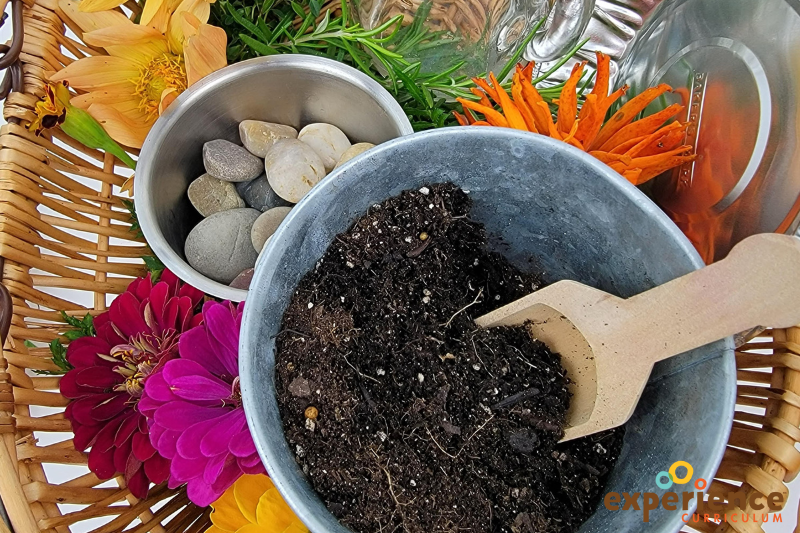
Colorful Flower Activities
Mix colored water and flowers to make flower petal potions.
Go on a walk and make nature bracelets.
Explore the colors by pounding colors from nature
Collect flowers and herbs to make scented nature sachets
Engaging children in nature-based activities offers more than just fun—it nurtures their creativity, curiosity, and connection to the natural world. These creative explorations inspire a lifelong love of nature. Go outside and explore the wonders of nature with your nature explorers!
Incredible Kids Network
TOP 12 "STEAM with Nature" Pages
Building & Displaying A Nature Collection
Discovering Forest Collectables
Incredibly Easy Nature Program
Nature Activities for Todays Youth
Spying on Animals in the Great Outdoors
Exploring the Beach and Shorelines
Wild Water and Wetland Explorations
Nature Exploration in the City
Wonderful Water Sensory Science
Easy Backyard Nature Activities
NATURE AND SCIENCE
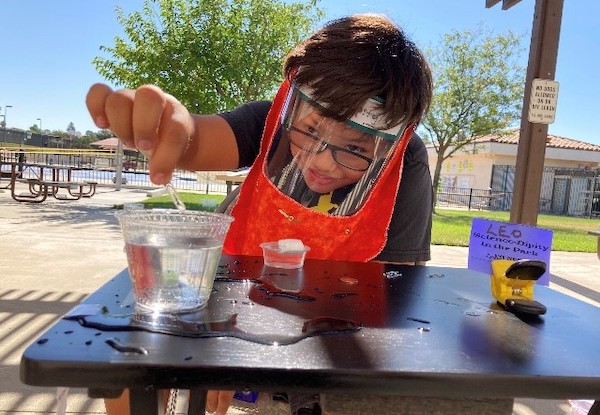
INFANT- TODDLER STEAM & SCIENCE
Enjoying Nature with Babies & Toddlers
Nature and Adventure Playdates with Family
Free Nature & Science Printables
STEAM Activities and Storybooks- Age 1-3
STEAM -Positive Technology Usage
Discovering Outdoor Sensory Delights
Creative Crafts with Nature's Treasures
Benefits of Morning Sun and Fresh Air
Incredibly Easy Nature Program
Nature Collections & How to Use Them
Montessori Style Nature Experiences
Easy Backyard Nature Activities
Nature Activities for Todays Youth
Spying on Animals in the Great Outdoors
Exploring the Beach and Shorelines
Wild Water and Wetland Explorations
Cool Things to do during Summer
Lake Playdates And Family FUN!
Discovering Forest Collectables
Catch and Release of Wild Animals
Babies and Tots Exploring Our World
Waterplay, Hiking & Camping With Babies
Waterplay, Camping & Hiking W/ Baby Pt 2
Exploring &
Enjoying Our World

Outdoor Activities For Kids
In Woods & Forests
Outdoor Activities For Kids
In The Garden Or Backyard
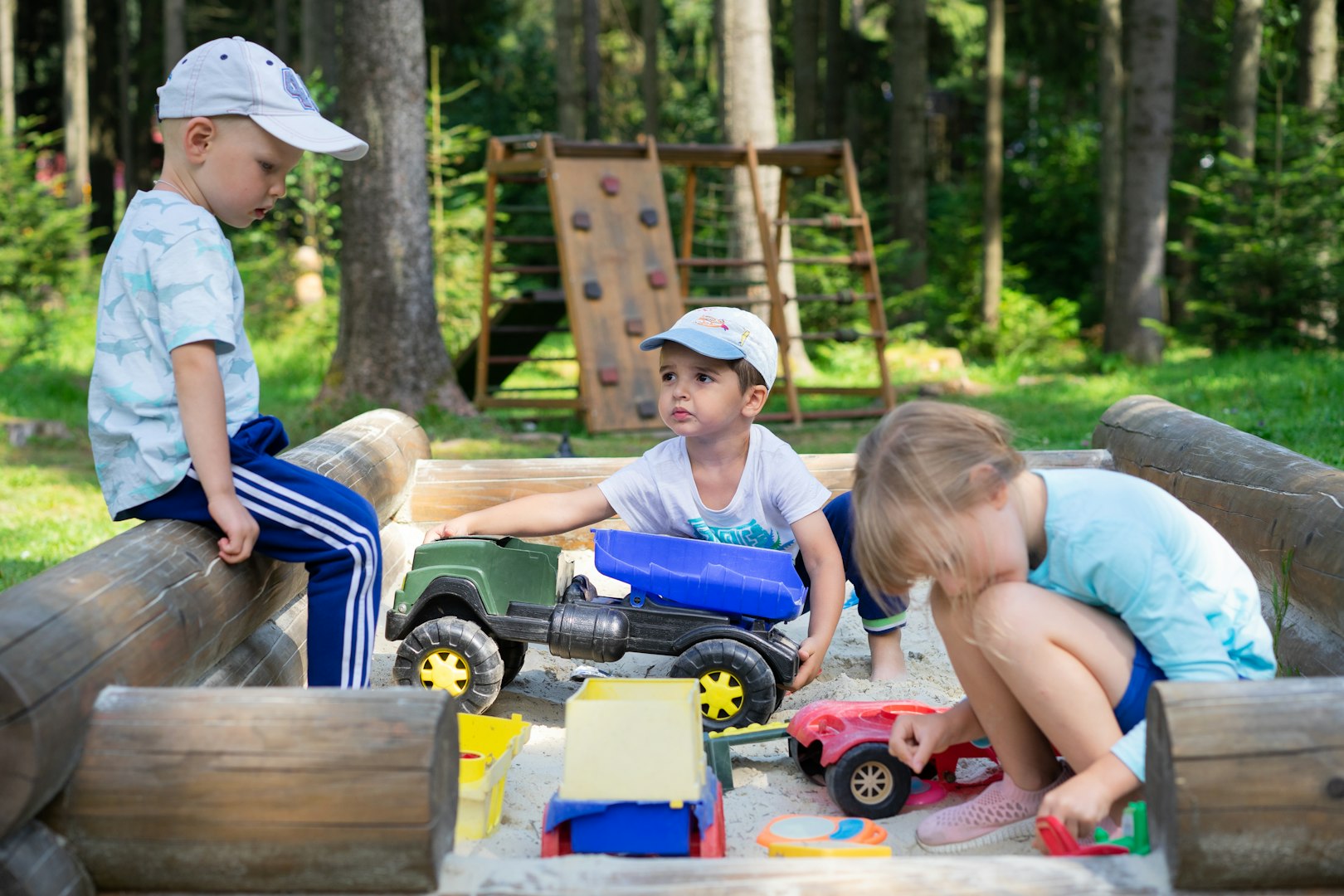
Outdoor Activities For Kids
On The Street or In A Empty Parking Lot
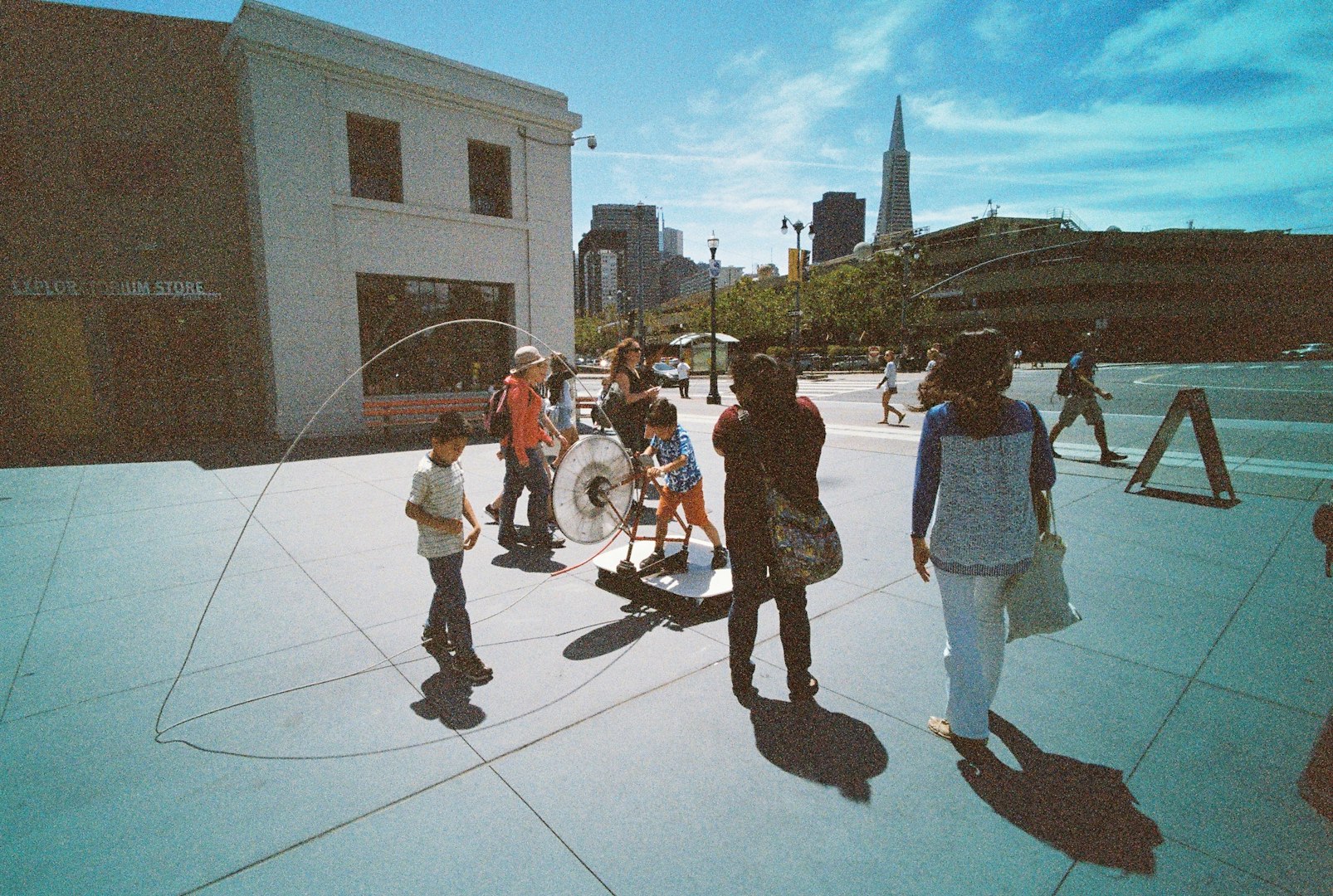
Fun Outdoor Activities For Kids
On The Beach

Fun Outdoor Activities For Kids
At A Stream Or Any Wild Water

Fun Outdoor Activities For Kids
In The Countryside
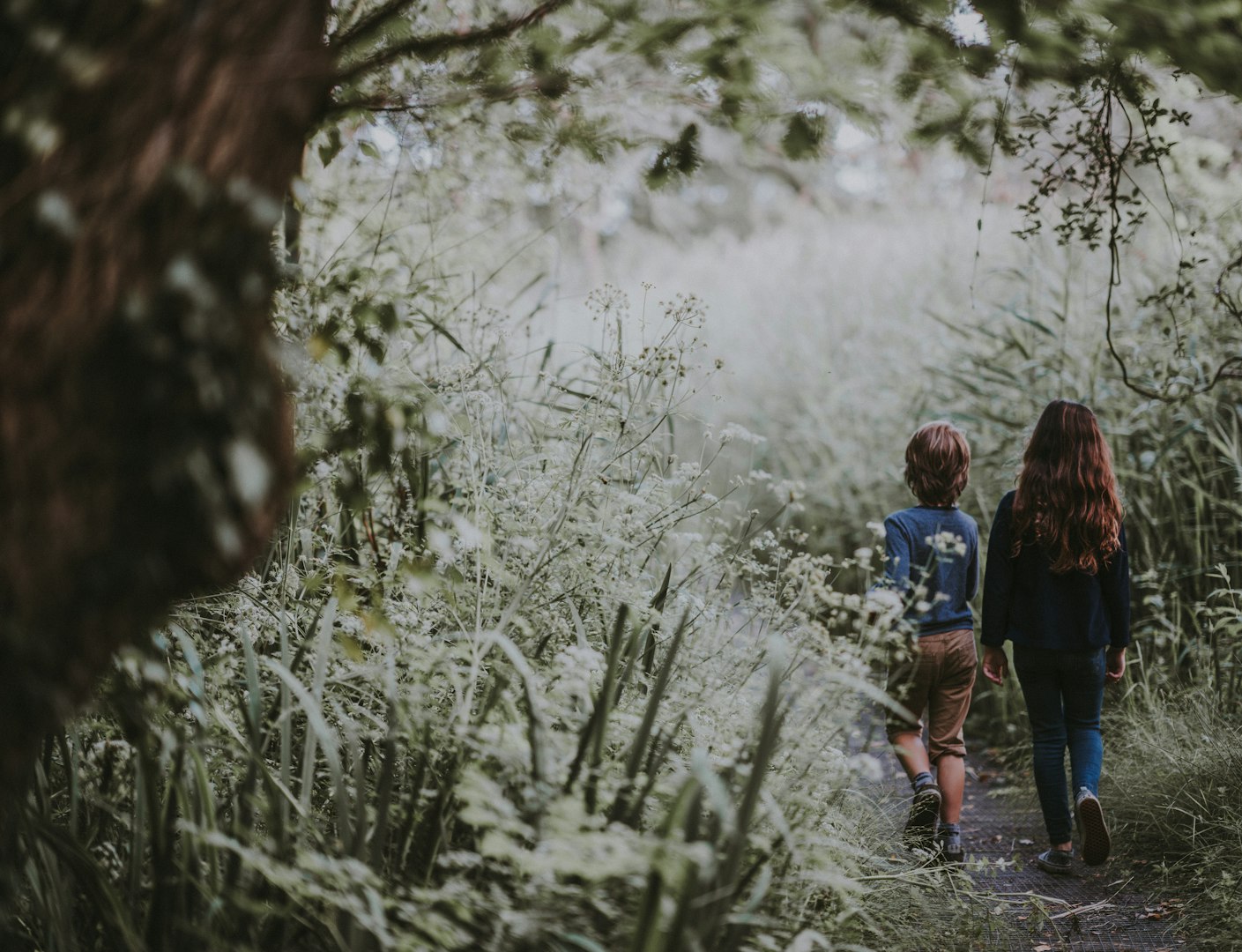
Anywhere Science
WATER STEM
(Science, Technology, Engineering, and Mathematics)
Summertime…and children are at play at the ocean, sifting through sand, scooping up buckets of water, and chasing the waves. You’d be surprised at how much science and math children are learning as they play!
Volume—Infants, toddlers and preschoolers enjoy filling and emptying buckets. They explore how many things their hands, pockets, and shirts can hold. Some children may enjoy filling shells with smaller shells or rocks.
Physics, architecture, and engineering—It’s fun to stack rocks in tippy piles. When will they fall? Balancing on rocks keeps their feet dry in tide pools. Older children can make amazing forts with driftwood.
Categorization and sorting—Infants, toddlers and preschoolers enjoy collecting various items, such as seaweed and shells. Older children can learn the objects’ names and make piles of their finds by category, noticing differences and similarities. Lots of lost things can be found at the beach, too.
Cause and effect and problem solving—Infants, toddlers and preschoolers discover the sensations of being wet and sandy at the beach, very different from the usual sensations of school and home. They discover that wet sand behaves very different from dry. Older children may research how wet sand needs to be to make a castle stay up and how high a sand wall needs to be to keep the water away.
Animal behavior—Did you ever notice how seagulls stay just a few feet ahead of a toddler or preschooler, rarely flying away, but also not permitting the child to get too close? Goose barnacles move when stroked, and anemones close if you feed them a sea snail. Seals bark protectively when you approach their territory. There’s a lot for infants, toddlers and preschoolers to observe at the beach (and you can document it too, if you have a camera).
Mathematics—Infants may discover one treasure and hold it, while toddlers and preschoolers find many things to count at the sea. There are treasures to tally up, waves to count. Three stick candles on a sand birthday cake means someone is turning 3! And when you eat your snack on the beach, you have no more snack.
Plant identification—Toddlers and preschoolers may discover that beach strawberries are edible, poison oak should be avoided, and seaweed grows in the sea! Some may learn that you can eat some kinds of seaweed.
Geology—Infants, toddlers and preschoolers may find that beach stones come in many colors. Preschoolers learn that some are special (beach jade and jasper, agates, fossils) and worth collecting and trading.
Weather observation and astrophysics—Children learn lessons about these things too: when there is wind, the kite will fly, and when there is not, it will stay down. When it is windy, it is cold, and when it is not, beaches are often hot. The tides go out during part of the day (if children ask you why this happens, it’s because the moon isn’t pulling the water up onto the land).
Technology—Parents can invite children to explore this as well -- use maps to get to the beach, books and cell phones to find the names of things, cameras to record adventures, and bring kites to explore the sky.
What a joy to learn as you play beside the sea – happy adventuring!
Science ideas for young children:
Wild wacky water critters
Teach young children about science by playing in the river. The critters in a creek, pond or lake can give you an idea if the water is clean or polluted.
Photo by Darren Bagley, MSU Extension.
Children are fascinated by creepy crawly critters. Many people are surprised by the number of these creatures you can find in the water. Many of these critters are insects, but not all of them. This article is part of a series on science activities about the natural world that anyone can conduct with children. Michigan State University Extension recommends this be done within a family, in a day-care setting, as part of school activities, a 4-H club or with any group working with young children.
Catching the critters
With more than 20 years of looking at “water bugs,” I have found a creek or lake without any life only a few times. If you have a creek, ditch, pond or lake near you, you probably will find some of these bugs.
Go into the water with boots, waders or old tennis shoes and a net. Try to get into the parts of the water around logs, big rocks, gravel and plants. If you are in a river or stream, place your net so the water is flowing into it.
Kick up the bottom with your feet, and the critters will come loose and get caught in your net. Areas where the water undercuts the stream bank are good too, especially where roots are dangling down. Try to get leaves and sticks, but not mud and sand. This can be very difficult, but try your best.
Photo by Darren Bagley, MSU Extension
Have two white trays for sorting the critters. White trays allow you to see the critters better. Dish pans work great for this, but you can also use leftover restaurant takeout trays. Put a little water in both trays. After you catch the critters in your net, dump them the tray, then use plastic spoons to move the bugs from the tray with the leaves and sticks to a tray with clear water.
Identifying the critters
The University of Wisconsin has excellent keys for ponds, streams and wetlands to help in identifying the bugs. To use these keys, you need to look at the words, not just the pictures. For young children who cannot read, you will need to ask them questions. For example, does the critter have a shell like a snail, or no shells? Does it have legs or no legs? How many legs? These questions will eventually lead you to a picture.
What do they tell us?
Some of these bugs can live in nasty, polluted water and survive. Some critters will die if the water has just a small amount of pollution. Some require clean gravel or rocks for homes, while others can live in mucky areas.
After you identify the critters, you can sort them by their water quality requirements: high quality, medium quality or low quality. A more detailed data sheet is available from MiCorps, Michigan’s volunteer lake and stream monitoring program.
High Quality
Medium Quality
Low Quality
Mayfly
Caddisfly
Stonefly
Gilled Snails
Dragonfly
Damselfly
Aquatic Beetles
Scuds
Aquatic True Bugs
Air-Breathing Snails
Mosquito Larvae
Blood Midge or Midge Larvae
Leeches
Other cool stuff
Adult mayflies do not have a working mouth. They do all their feeding as a larva, and as adults they mate and die. They usually live only a day or two.
There are many species of leeches, but many species do not feed on human blood. Some feed on birds, turtles, fish, snails, dead plants, animals or swallow aquatic insects whole.
Dragonfly larva can jet through the water by sucking water into their abdomen (their “butt”) and squirting it out.
If you look closely at aquatic beetles, you will notice an air bubble on their backside. They breathe through their “butts” (actually their abdomen). They use the air bubble like a scuba tank and swim around under the water. Every so often, they go back to the surface to get fresh air in their “butt bubble” and swim underwater some more.
Although we sometimes call all creepy crawly creatures bugs, that is not correct. Bugs are a certain type of insect with overlapping wings, often making a diamond pattern. Bugs also have piercing mouthparts, like a needle, that they use to suck juices out of plants or animals. The water striders that skate on the surface of streams and ponds are true aquatic bugs. In contrast, ladybugs are not bugs, they are beetles.
Backswimmers and water boatmen are usually light colored on the part of their body that faces down in the water. When a fish is swimming below them, looking at the light color, it blends in with the sky. Penguins, frogs and turtles are often similarly colored for a similar reason. Both backswimmers and water boatmen are true aquatic bugs.
Teaching Science When You Don’t Know Diddly-Squat Series
What is the answer? Who cares? It’s all about the questions and the joy of discovery.
Use this series of ready-to-go lesson plans to start teaching inquiry-based science to youth. The purpose is not to teach specific content, but to teach the process of science – asking questions and discovering answers. This activity encourages young people to try to figure things out for themselves; to discover answers, rather than just read an answer on the internet or in a book.
Our goal is to help adults support youth as they explore their world through inquiry-base science. With this goal in mind we ask adults who use this series to take a short survey. We appreciate your time as we strive to improve science in Michigan.
Teaching Science When You Don’t Know Diddly-Squat Introductions:
4-H Cloverbud Science: Exploration and discovery with young children
Teaching Science When You Don't Know Diddly- Squat: Supply List
Teaching Science When You Don’t Know Diddly-Squat Activities:
Does the type of paper make a difference in paper airplanes?
Why do some animals use camouflage?
Why do animal poops look different?
Animal science
Plant science
Environmental science
15 Easy Mind Blowing Science
Activities to Do Outside
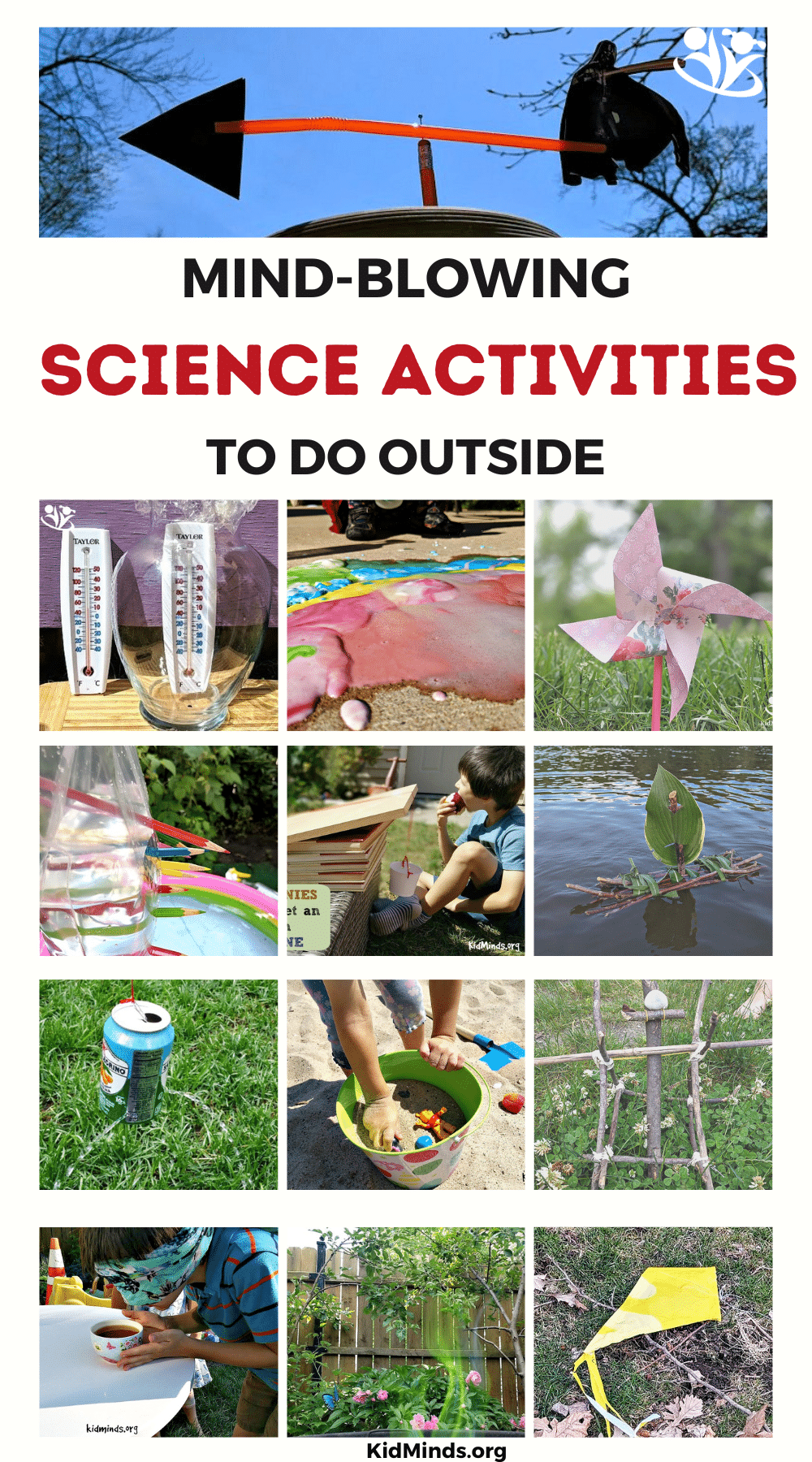
Inside: These outdoor science activities will blow your kid’s mind. From turning a campfire green with Borax to exploring the world of molecules with a bag of pencils, these activities will help your kids explore, learn, and grow.
With the hot summer months upon us, it’s time to make the most of the glorious weather and get our kids outside and active! Sure, it’s easy to be drawn to the temptation of lounging on the couch in the air conditioning, but in order to stay healthy, it’s essential to incorporate plenty of outside time into our daily routine – theirs, yours, and mine!
Research shows that outside time is a crucial part of healthy living. And according to recent studies, we ideally need at least 120 minutes a week outside for overall well-being in general and mental balance in particular. But the more, the better!
However, we all know that making time for the outdoors is easier said than done. Unless it’s fun, right?
In this article, you’ll learn twelve exciting ways to do science outside with your kids this summer. From making a soda can twist with the power of water to studying a Brazil Nut Effect in a sandbox, you are sure to find some activities that fit your style and keep you and your kids laughing and learning in the fresh air and sunshine.
Let’s go!
15 Outdoor Science Activities
Make a Green Fire and learn some chemistry
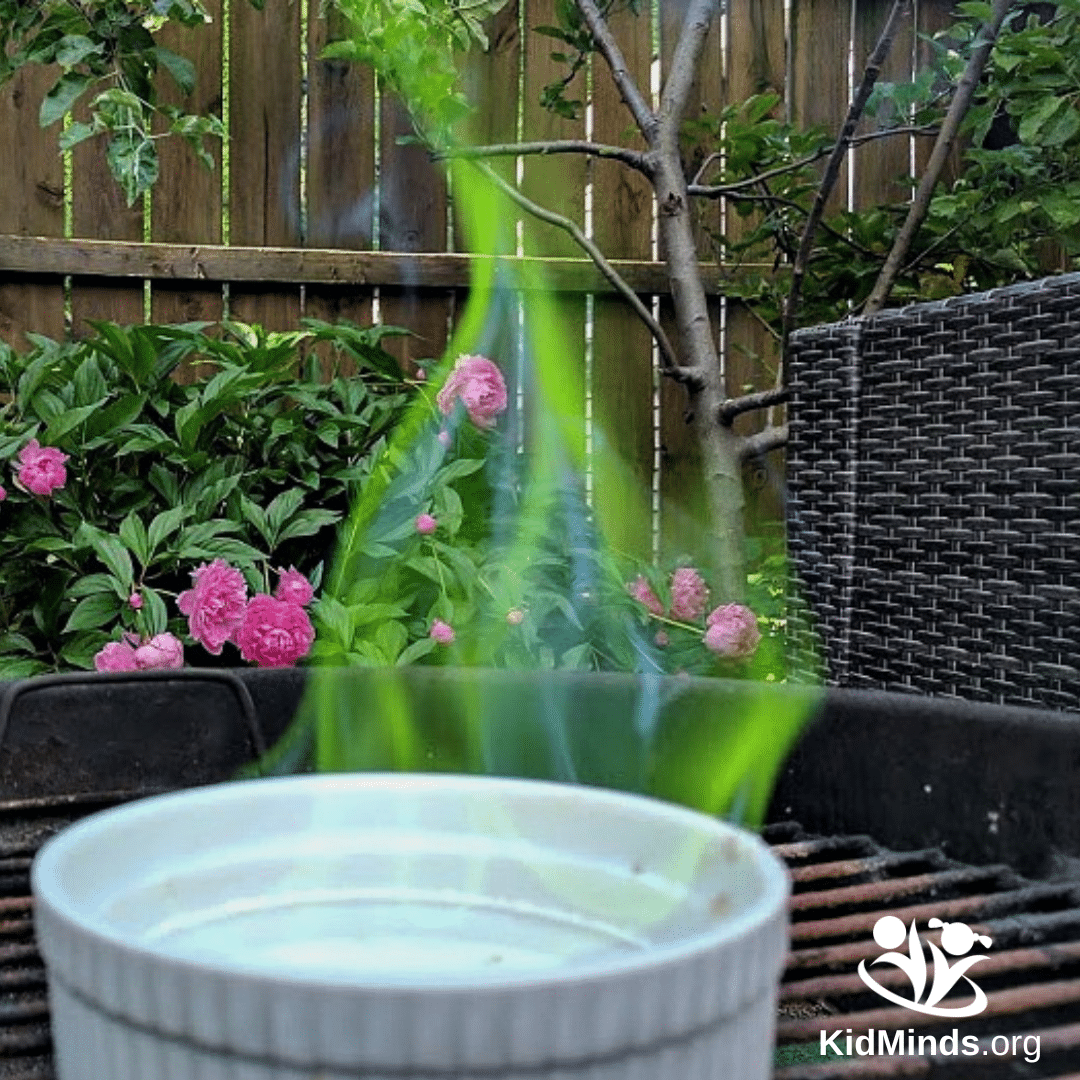
My kids love this one. Why? Because it’s green, and it’s fire! I mean, come on! This experiment combines HEET fuel with Borax to produce gorgeous green flames. But I’m not one for reckless fire or shoddy science, so I’ve included Scientific Method sheets, information on the chemistry of this reaction, and the historical use of the star chemical. So get out there and make predictions, be precise, record observations, and yes, totally geek out about green fire!
Twist Soda Can with Water and Explore Gravity
and Propulsion
OK, it sounds random, but we’re actually talking about a gravity-fed water fountain on a hot day in summer here! With just a can, some string, some water, and some strategically poked holes, we’re going to create a spinning propulsion system, releasing energy in a particular way to create a particular motion. Future engineers, step right up – as well as anyone who likes water play in summer – that’s every kid I know!
This Sense of Smell Experiment Might Surprise You
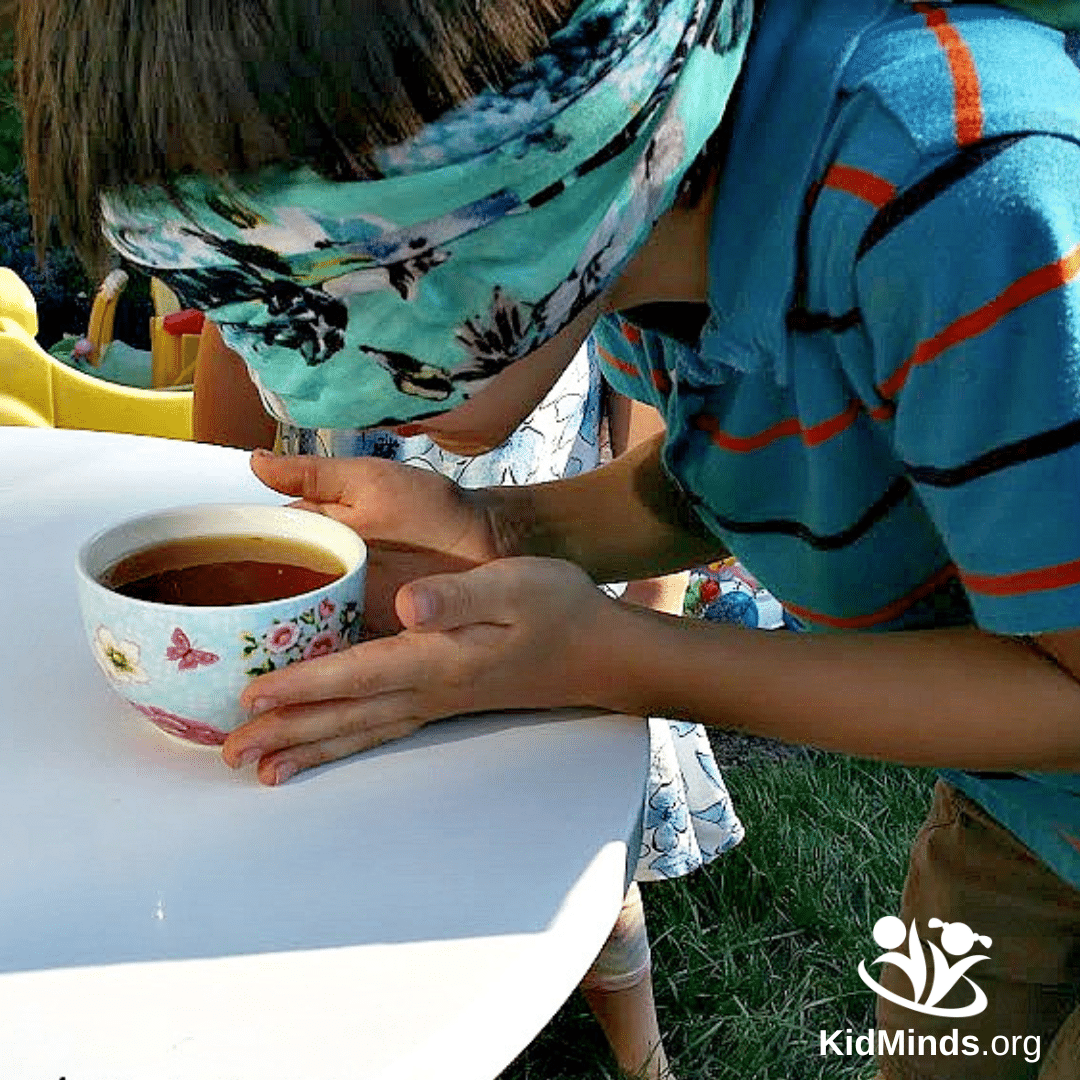
For anyone fascinated by the super-sensory powers of wild animals, this experiment will only increase your awe. We were inspired by that amazing creature – the wolf – which can smell prey from two miles away! How close do your kids need to be to pick up on a scent? Find out.
Ewok Catapult is so Fun to Make and Use

Why do we love Ewoks? Because they’re adorable, yes, but also because they’re resourceful and inventive – taking on an army of stormtroopers with sticks and stones! As this project will show, the humble stick and stone can make an intimidating catapult – and lead to hours of outdoor summer play!
Kite: Make it and Fly it
There’s a reason that kite festivals have spread all over the world. There’s just something so joyful about seeing a colorful, clever, delicate invention take to the skies! It’s almost as good as flying yourself, especially when you’re the one who made it!
Measure Puddles
and Watch Them Shrink
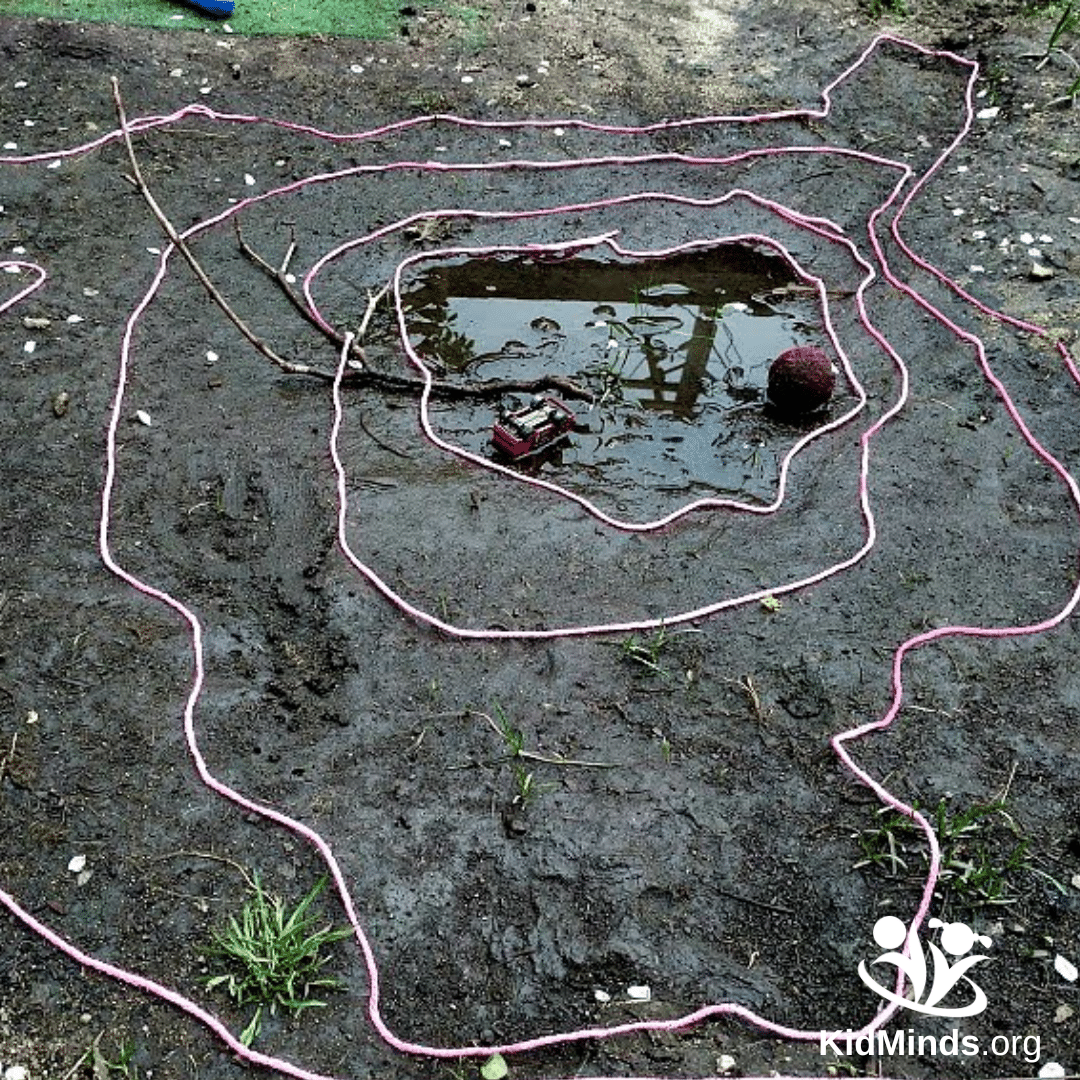
Sound like watching paint dry? I promise this is much more interesting. In this activity, we’re recording the shapes of puddles with string and watching to see how long it takes them to disappear. As well as an introduction to evaporation, this can create some beautiful natural art – Andy Goldsworthy, anyone?
Make Pinwheels and Study Wind
Capturing the natural energy of the wind has helped humanity travel and work for millennia (think boats and windmills), and a pinwheel is basically a primitive windmill. This is a wonderful way to show kids how a clever structure can become an engine powered by nature. Also, they’re hypnotically beautiful.
Sail a Raft and Learn More About Navigation
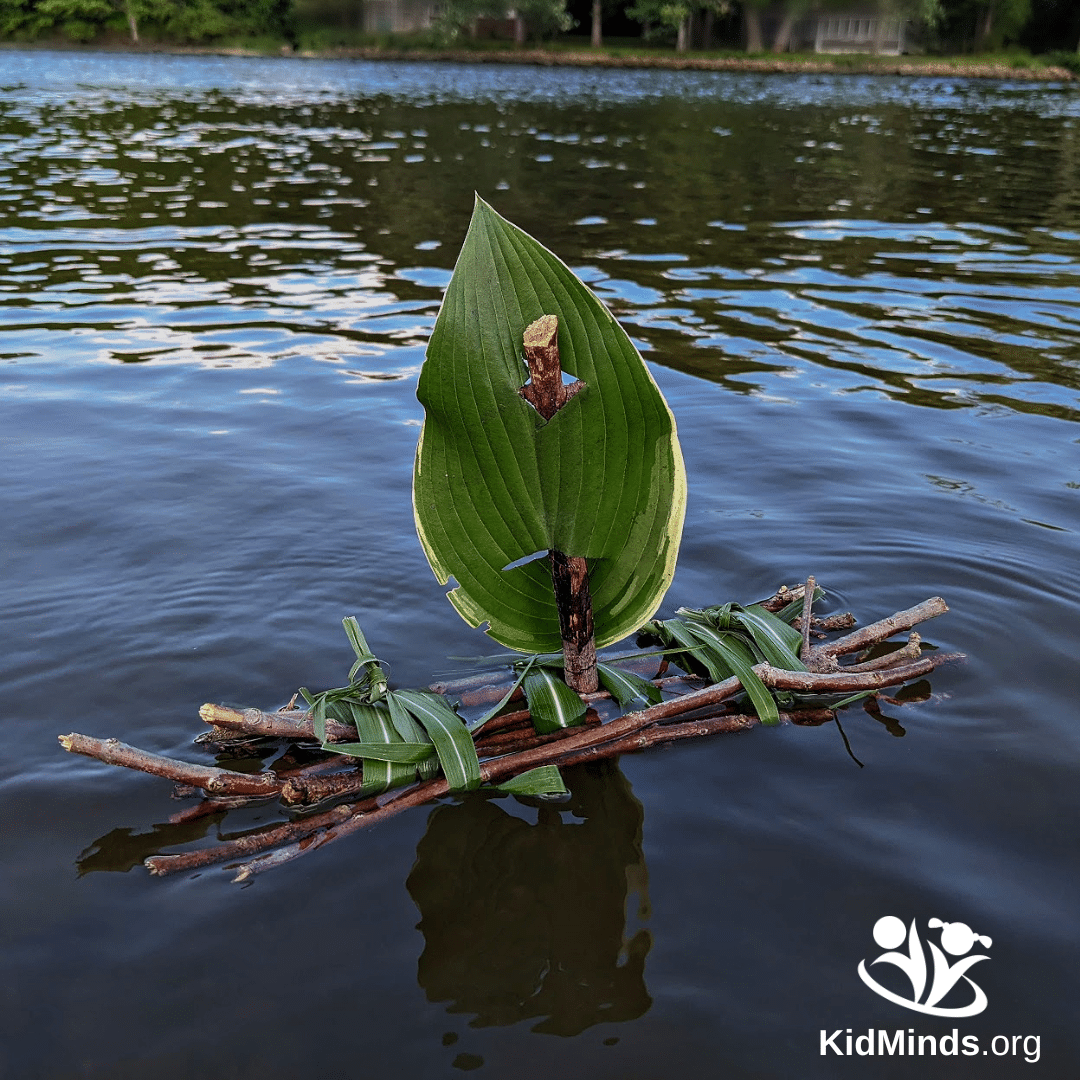
Yes, I did say sail. This isn’t your average square of bound sticks, but a lovely little boat with big leaves as sails – which opens up so many new possibilities as to how the little craft will respond to the wind and waves. Perfect for a day at the beach, lake, or pond.
Explore the Power of the Fizzy Sidewalk Paint
Drawing on the sidewalk with chalk – it’s a classic. But this is better. Why? Because instead of hard, crumbly chalk, we’re using ooey-gooey DIY paints and then spritzing with vinegar to create a fizzing, watercolor-like masterpiece.
Study the Greenhouse Effect in 3 Different Ways
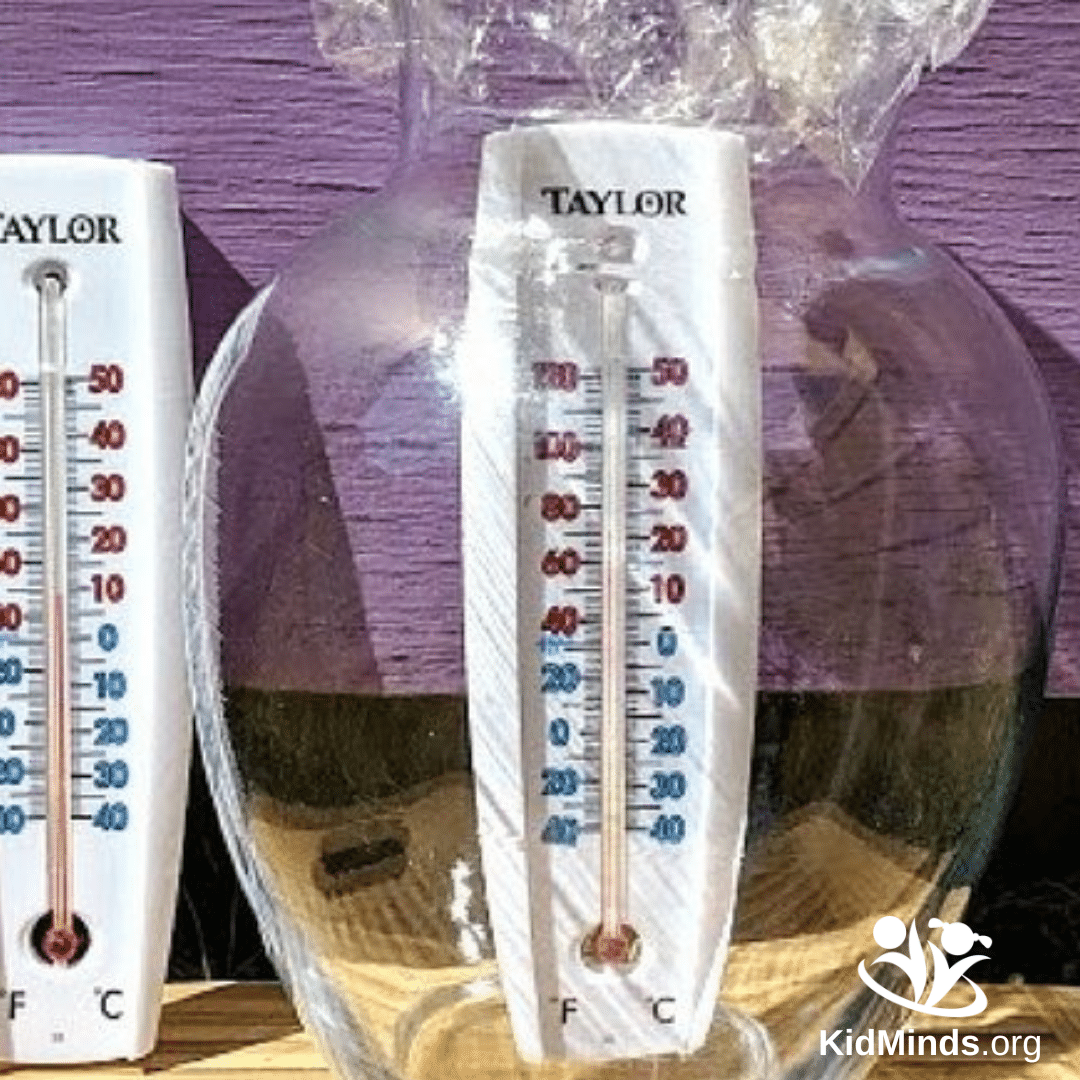
Understanding the Greenhouse Effect is essential for understanding our world, and in particular, this century. With three simple experiments, your kids will gain an experience-based, deep understanding of what the effect is, what these greenhouse gasses are, and why it’s so dangerous to plants and our biosphere.
Study Wind Vanes and Why They Point in the Direction FROM Which the Wind is Blowing (and Not into the Wind as Wind Socks do)
Peculiar, isn’t it? Why doesn’t it point away from the wind like everything else? Find out by making your own wind vane, diving into some physics, practicing cardinal directions, developing spatial navigation, and learning how it helps you predict those summer thunderstorms!
Germinate Seeds in One Day and Plant Them Outside

No more droopy, forgotten, half-finished science projects. This method is so fast you can practically watch the seeds growing! This is a wonderful way to show kids the power of photosynthesis to create biomass, offer them a way to contribute to the garden and leave them with a profound wonder at the magic of life.
Molecules, Atoms, and a Bag of Pencils
This activity is, on the one hand, an entertaining summer water play that consistently confounds kids’ instincts about how it should behave – fascinating! On the other, it’s a great way to introduce atoms, molecules, and polymers, which, in particular, can behave so very strangely…
Get the Apples up the Incline
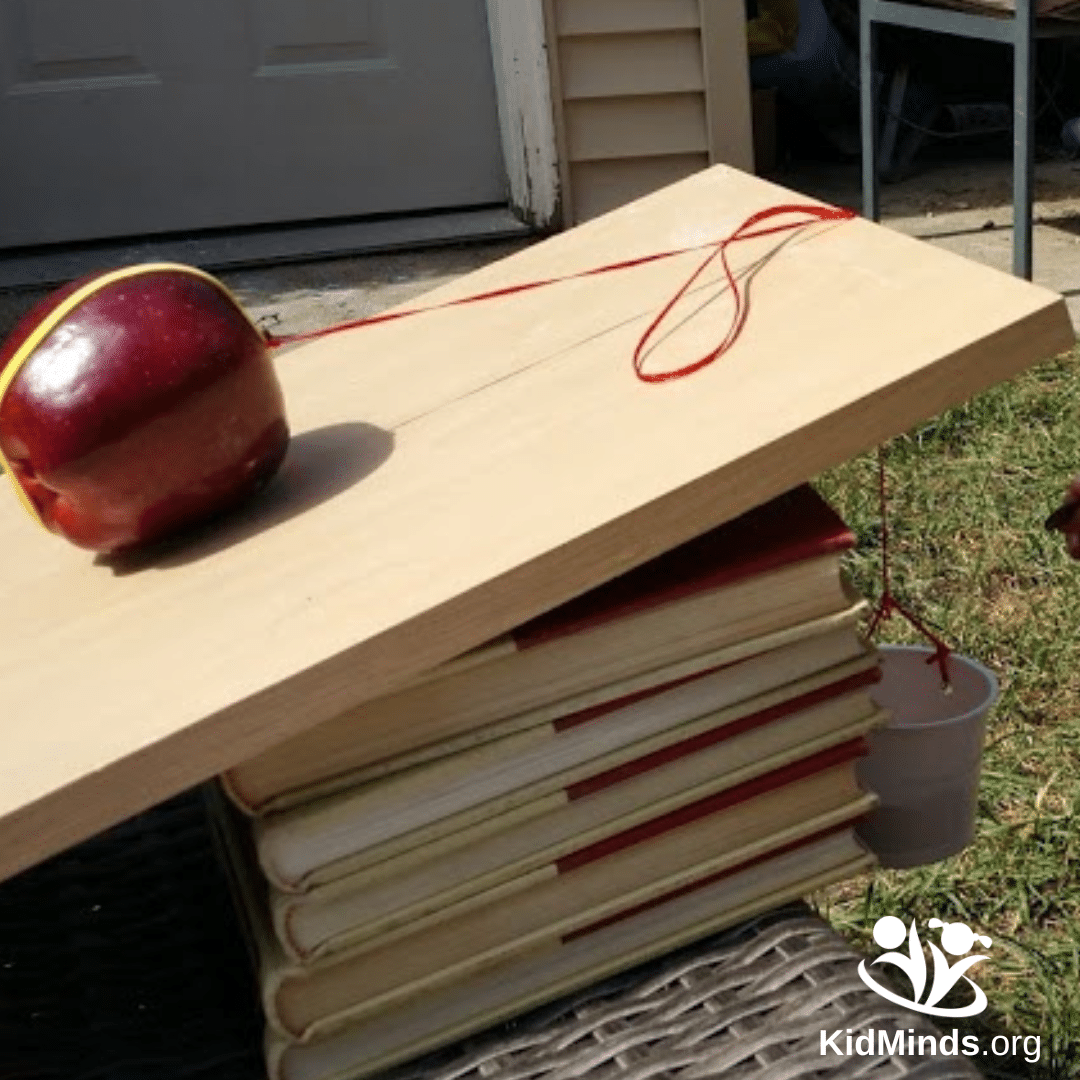
How did the Egyptians get the gigantic stones up to the top of the pyramid? This is a great question to get your kids thinking…then, you can investigate this small-scale model of an analogous problem. How do you get the apple to the top of the pile? Hint: it involves gravity, mass, and pennies.
Study Brazil Nut Effect
in a Sandbox or on the Beach

Here’s another phenomenon that generally confounds all instinct and common sense: why do big, heavy things end up on top of small, light things? I certainly didn’t know before this experiment. Enrich your beach trip by learning with your kids.
Enjoy!
